Coinciding with our author’s 60th birthday today (many happy returns, Mr. Carr!), I have something a little different to offer for 17th Street’s visitors this week. For the past three months, I have been away from my Australian hearth and home for work-related travel in Canada. Given my close proximity to New York during this trip, I decided to take the opportunity to add on two weeks of pleasure-related travel at the end of the trip for a holiday in New York City — my first ever visit to the city! The following two-part blog series documents the Alienist-related components of my travel. Although I have tried to focus these blogs on locations visited during the books, I have also included a few other historical attractions that might be of interest to readers of the Alienist books even though they are not directly relevant to the books. So, without further ado, I invite you to join me as I follow the footsteps of Dr. Kreizler and the rest of the team on my holiday in Canada and New York.
The Bata Shoe Museum
The first attraction that I want to document might be the only one not located in New York state, but it is also the only one that quite literally involves following the footsteps of Dr. Kreizler — or, at least, Sara Howard. Those of you who have ever visited the History section of 17th Street will know that I have long adored historical clothing, particularly 19th century clothing, so you can imagine my excitement when I saw, on my final day in Toronto, that the Bata Shoe Museum was featuring an exhibition (until June of 2016) on “the pleasures and perils of dress in the 19th century.” The “Fashion Victims” exhibition showcases the Bata Shoe Museum’s collection of 19th century footwear along with a smaller but no less stunning array of matching dresses and under garments, including a pair of the Empress Elisabeth of Austria’s impossibly narrow shoes and gloves, and a beautiful but deadly Emerald green ball gown containing arsenic.
Although the exhibition featured footwear and clothing from as early as 1820, the photos I have shown here are a small selection of my favourite footwear exhibited from the late 19th century, not unlike those Sara would have kept in her wardrobe for more formal occasions; she presumably would have also kept a wide selection of more practical footwear for her day to day and sporting activities — not to mention the nail-studded climber’s boots we see her don in Chapter 2 of The Angel of Darkness. From left to right, the photos shown below include: a pair of elegant embroidered boots created by the firm of the most famous French shoe manufacturer of the late 19th century, Jean-Louis Francois Pinet, from approximately 1885; a pair of calf-hugging handmade, bespoke Swedish or German boots designed to look like a stockinged leg from the 1890s; a pair of button boots made with brocaded fabric (an alternative to the embroidery seen on the other boots in these photos) from the 1870s; a mass-produced boot made by the Parisian shoe manufacturer L. P. Perchellet with its original shoe box from 1875; and a stunning embroidered boot also created by Jean-Louis Francois Pinet from the 1880s.
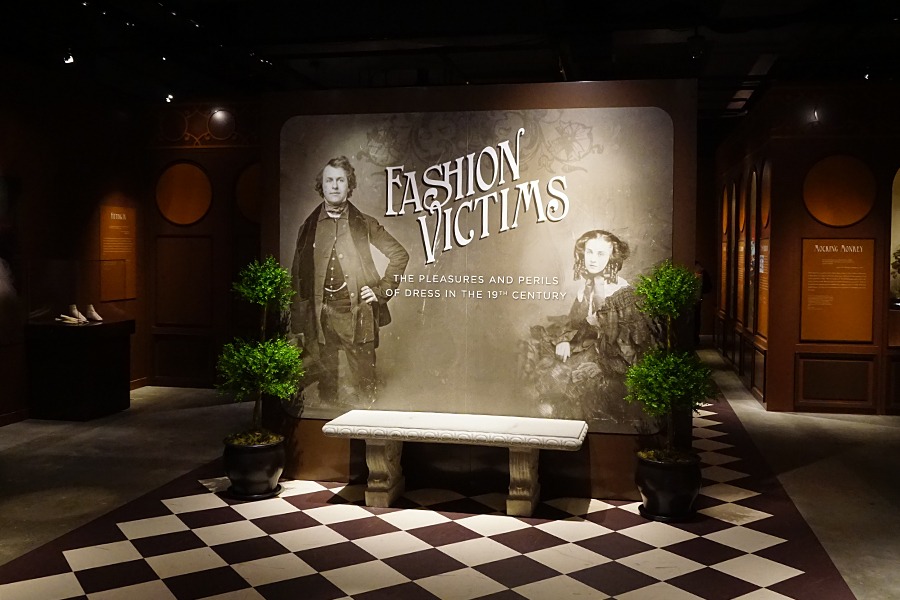
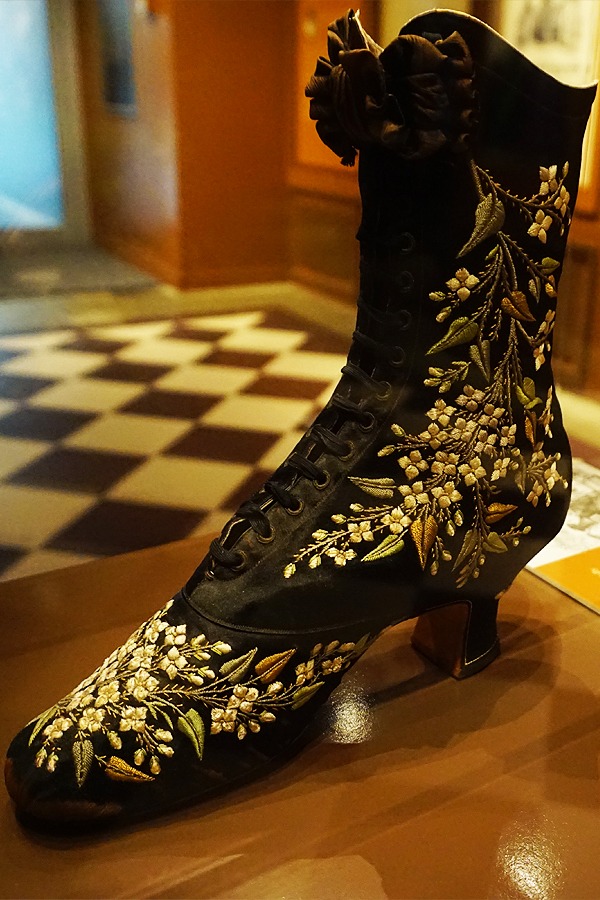
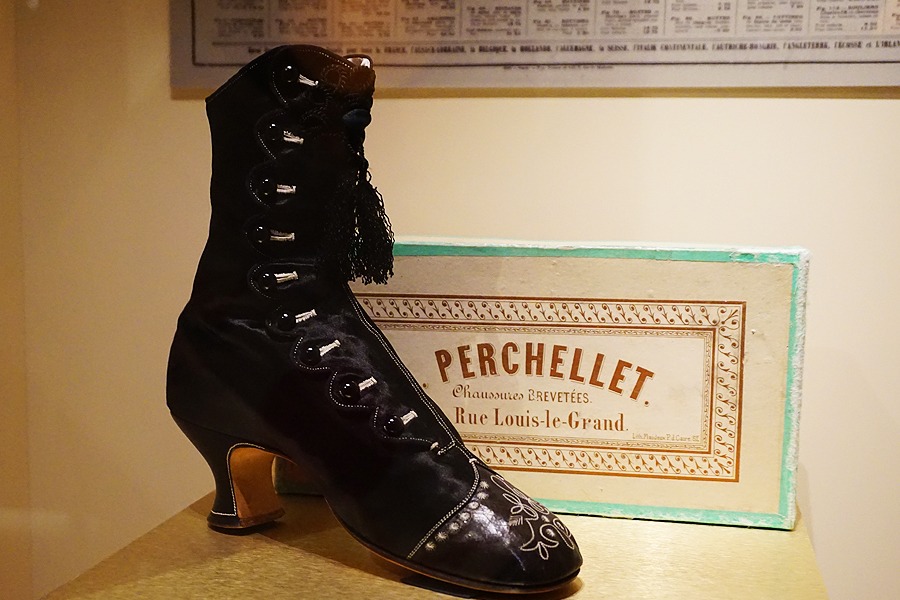
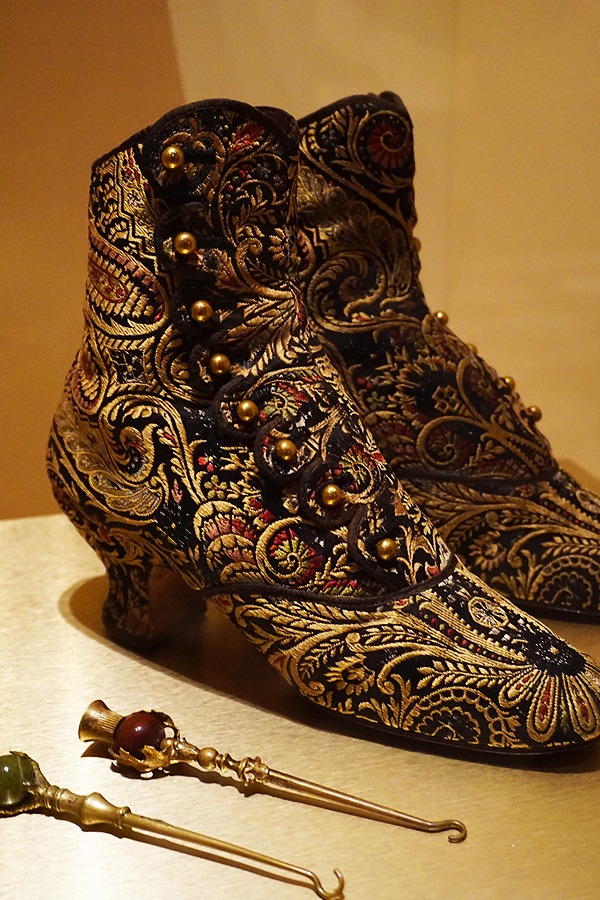
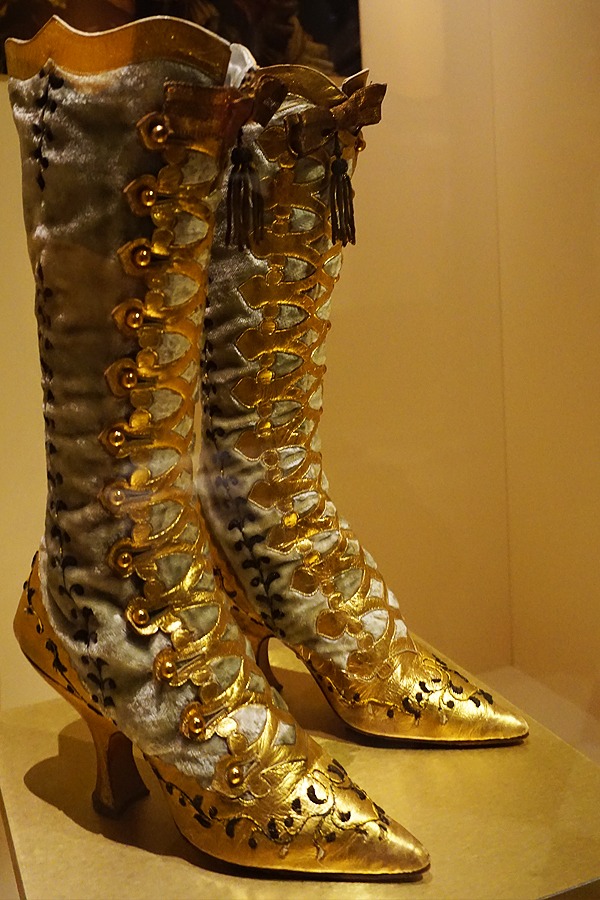

In addition to the Fashion Victims exhibition (worth the price of admission alone), while I was there the museum also featured exhibitions of footwear through the ages, “the curious history of men in heels,” footwear of famous individuals donated to the museum, and something that probably would have been of great interest to Franz Boas and Clark Wissler: an exhibition of native North American footwear. As enjoyable as those exhibitions all were, as they weren’t relevant to the Alienist books I haven’t included any photos here. However, if you happen to be in Toronto at any stage in the future and have an interest in historical clothing, I can highly recommend that you allocate half a day to visit the museum. It was, without question, one of the highlights of my three month trip.
A Journey Down The Hudson River
After departing Toronto, I travelled by train down to Niagara Falls where I spent a day and night (an amazing experience that I would highly recommend if you ever get the chance) before embarking on a nine hour rail journey via Amtrak’s Empire Line down through New York state to New York City. While the first half of the journey took us through several hours worth of pretty if somewhat unremarkable farming scenery along with the occasional (mostly industrial) view of cities like Buffalo and Syracuse, the second half of the journey — from Albany onwards — saw the train snake alongside the Hudson River until we reached New York City, and this was unquestionably another of the highlights of my trip. I had been utterly unprepared for the size and beauty of the Hudson and mountains that lay beyond, bringing to mind my all-time favourite quote from either of the two Alienist books, spoken by the ever insightful Stevie Taggert.
The Angel of Darkness, Chapter 13:
“But it wasn’t any attempt at being rational that finally mended my spirits; no, it was the sight of the river itself, which always made me feel, somehow, like there was hope. She has that quality, does the Hudson, as I imagine all great rivers do: the deep, abiding sense that those activities what take place on shore among human beings are of the moment, passing, and aren’t the stories by way of which the greater tale of this planet will, in the end, be told…”
Nevertheless, those of you who have read The Angel of Darkness will know that the majestic Hudson River plays far bigger role in the novel than the scene in which Stevie makes that observation. Indeed, during The Angel of Darkness the team are are drawn from their usual haunts around Manhattan to the small town of Ballston Spa in upstate New York where they stay for at least half the novel; and to get to Ballston Spa, Dr. Kreizler decides to travel up the Hudson River on a steamer, the Mary Powell, as far as Troy (a town near Albany), before taking the train to their final destination. On this scenic interlude in the novel, the book’s narrator, Stevie Taggert, spends a considerable portion of his time smoking on the promenade deck with various other characters, first taking in the beauty of the Palisades and then at the “manor houses of the old Dutch and English river families” that dotted the hillsides further upstream. However, for Stevie, as for me, it was the untamed beauty of the Catskills and other mountains on the route that struck most profoundly.
The Angel of Darkness, Chapter 28:
“It wasn’t until I went up onto the promenade deck with Miss Howard after breakfast to have a smoke that I started to comprehend my own feelings a little better; it was our recent discovery that Libby Hatch had been born and raised in similar surroundings that was changing my view of the country we were passing through, and the people in it, so much. This wasn’t some quiet, simple region where people lived close to nature and far from the ugliness and violence of cities like New York, I began to see; this was just a string of smaller New Yorks, where certain people engaged in the same kind of disheartening, and in some cases sickening, behavior that so many folks in the big city did. As this grim realization started to really sink in, I was surprised to find myself making a kind of wish: a wish that the great wilderness what still dominated up on mountains like the purple Catskills—standing in the distance to my left that afternoon—would spread back down over the earth and swallow up the ugly little nests of human beings what’d sprung up in the river valley. It was a wish that, true to my original fear, has never really gone away in all the years since.”
The following is a selection of the photographs and videos of that I took on my own journey along the river. Bear in mind, however, that these images will be the reverse of what Stevie and the other Alienist characters would have seen on their journey — I was travelling down the river, not up — and as the train snaked down the right-hand side of the river, I was unable to get photographs of the manor houses that dot that side of the river. Still, I hope you enjoy the photos that I was able to obtain. This was one of the most enjoyable train journeys I have ever taken, and one that I recommend for anybody prepared to take the slower but more scenic route into or out of New York City.
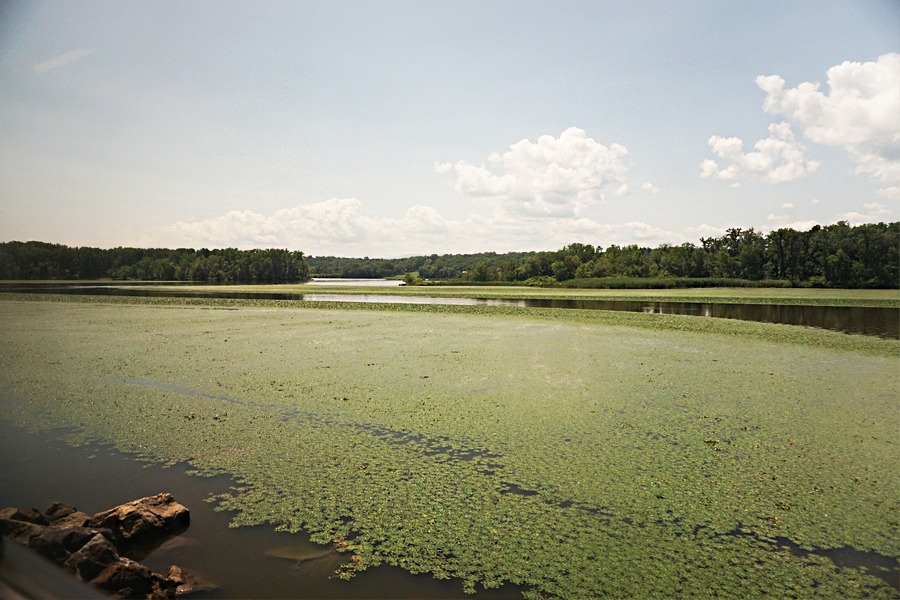
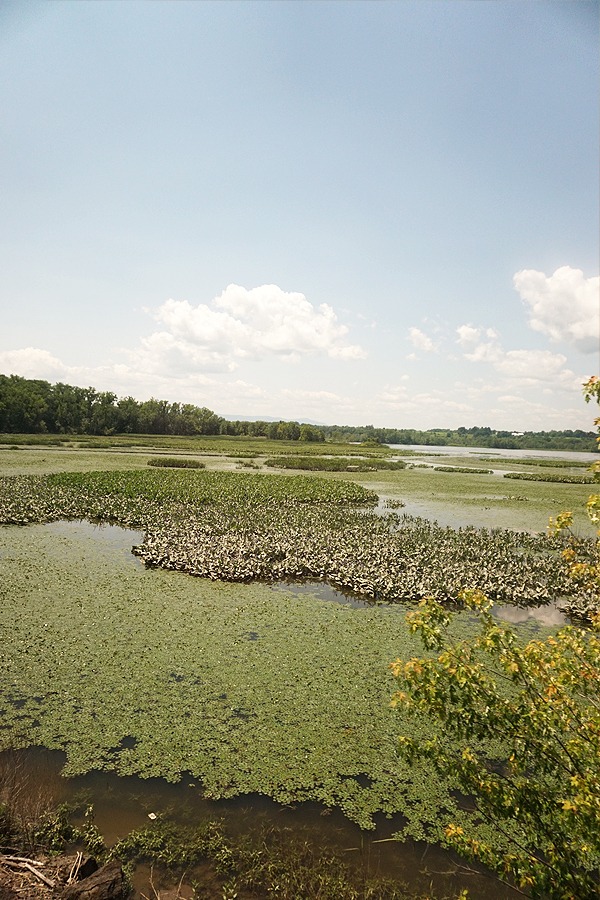
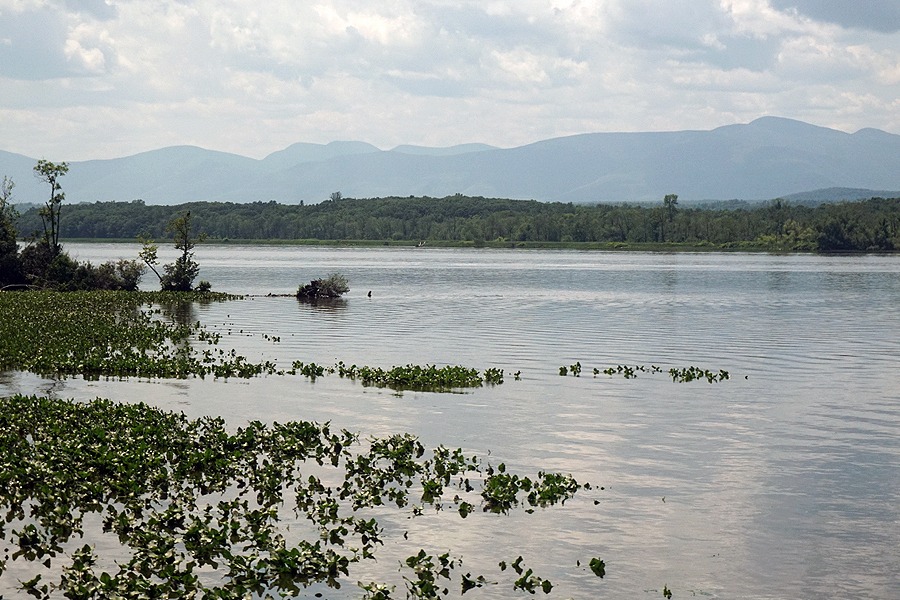
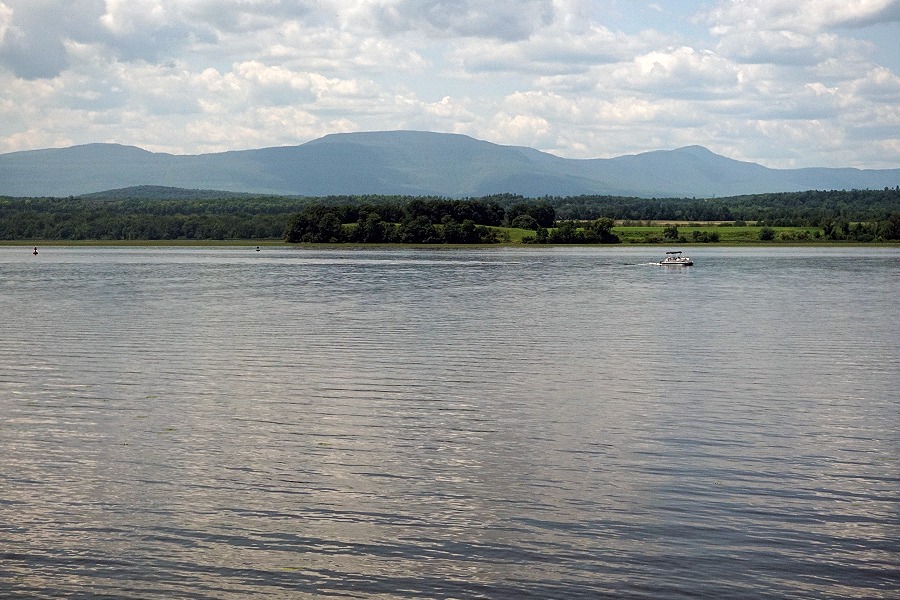
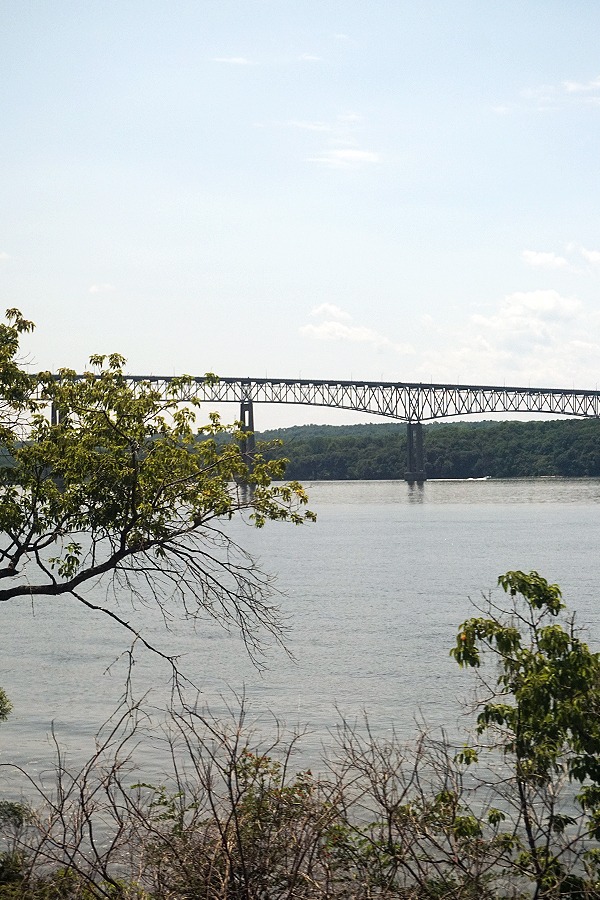
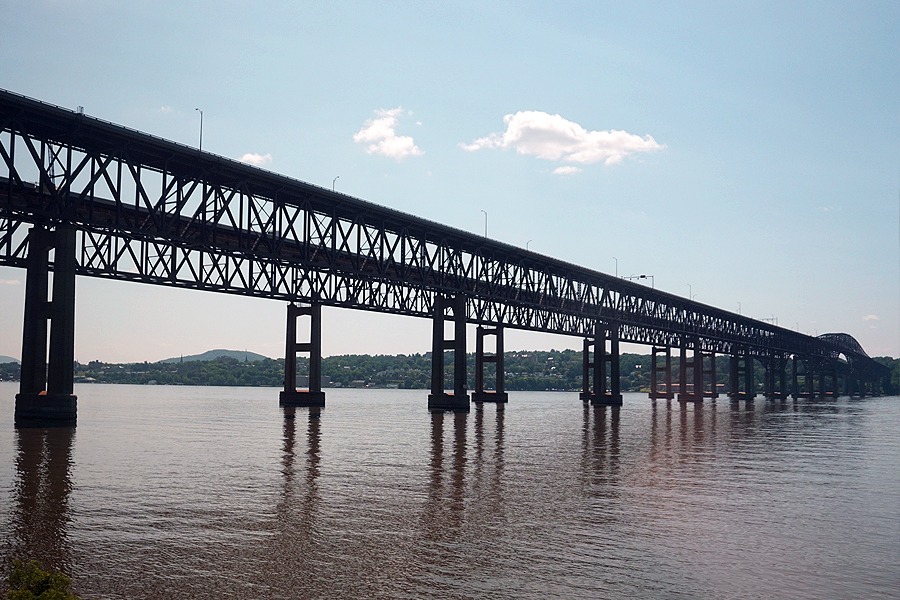
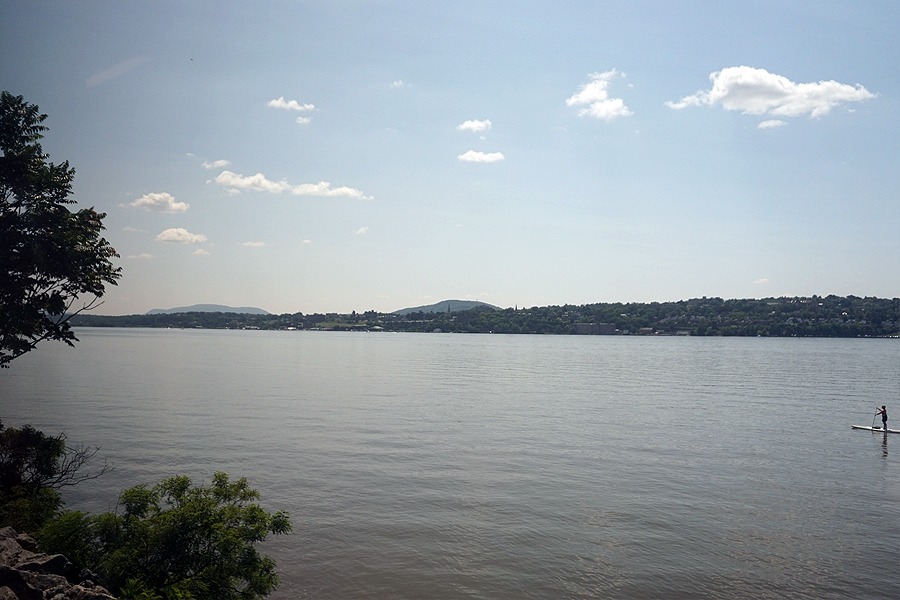
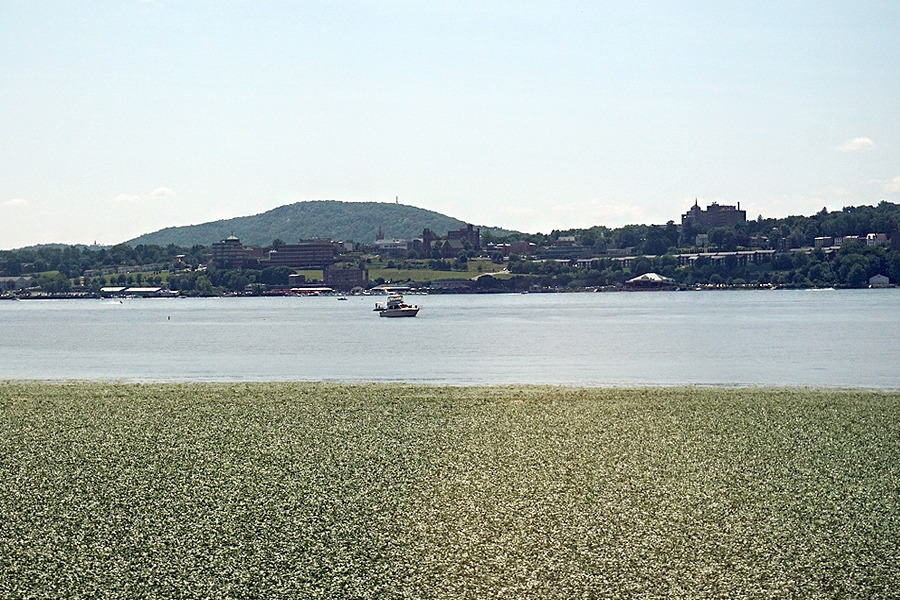
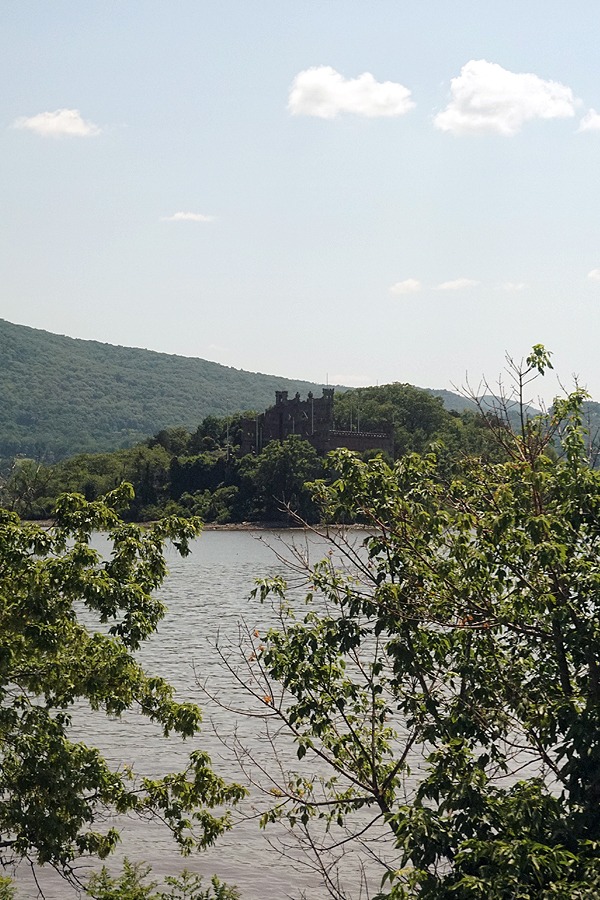
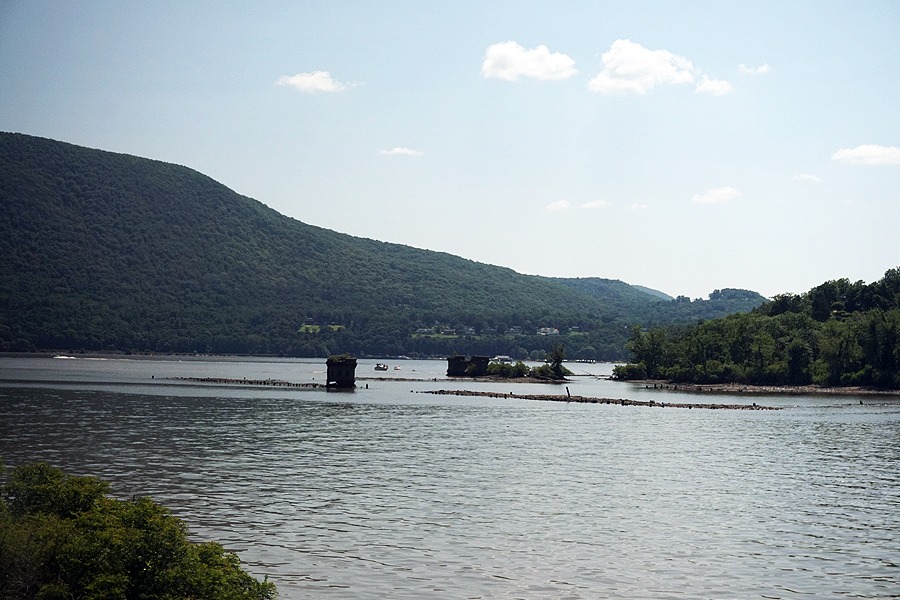
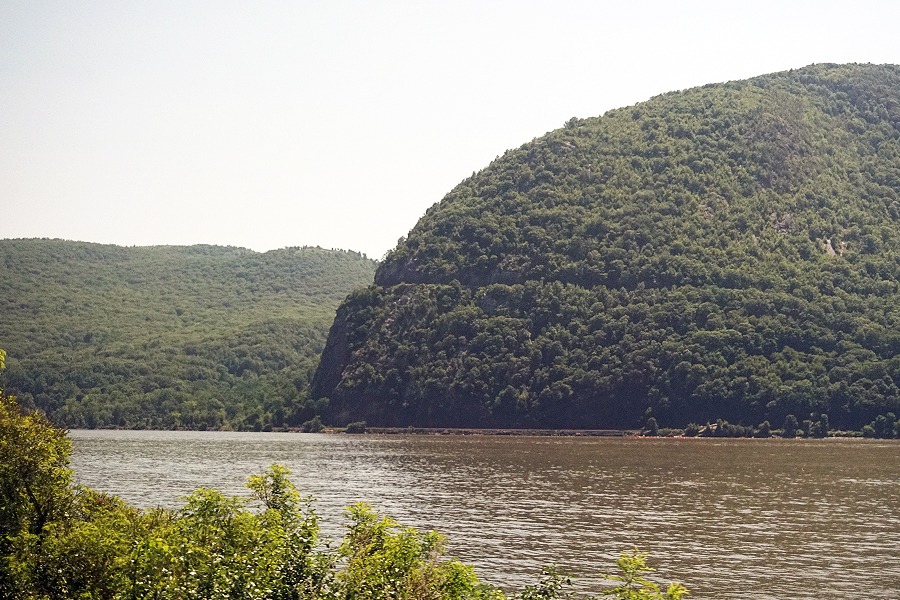

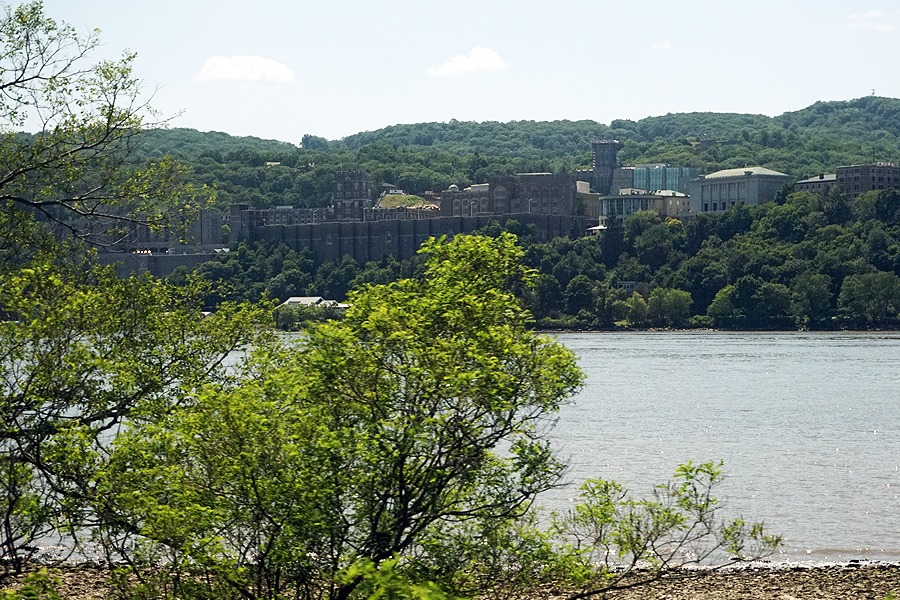
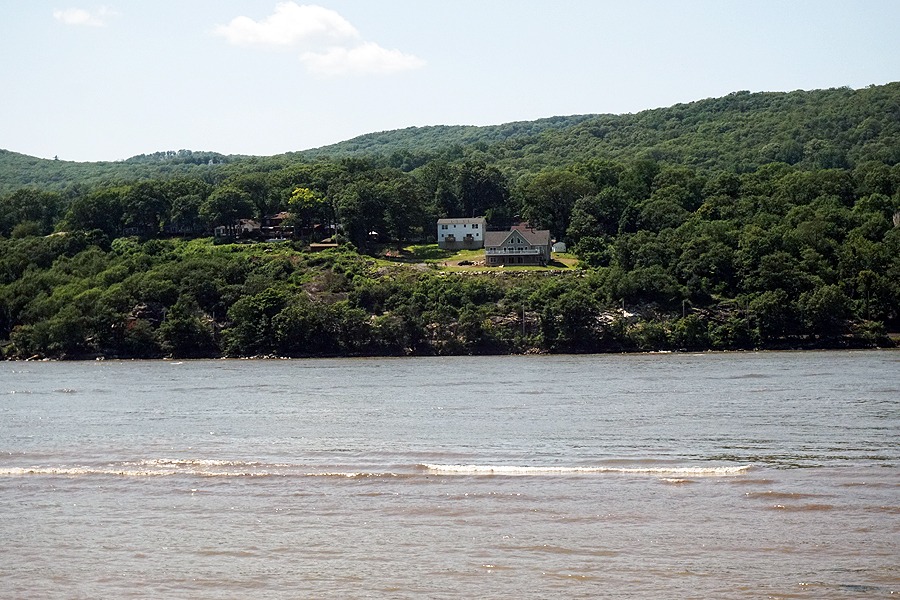
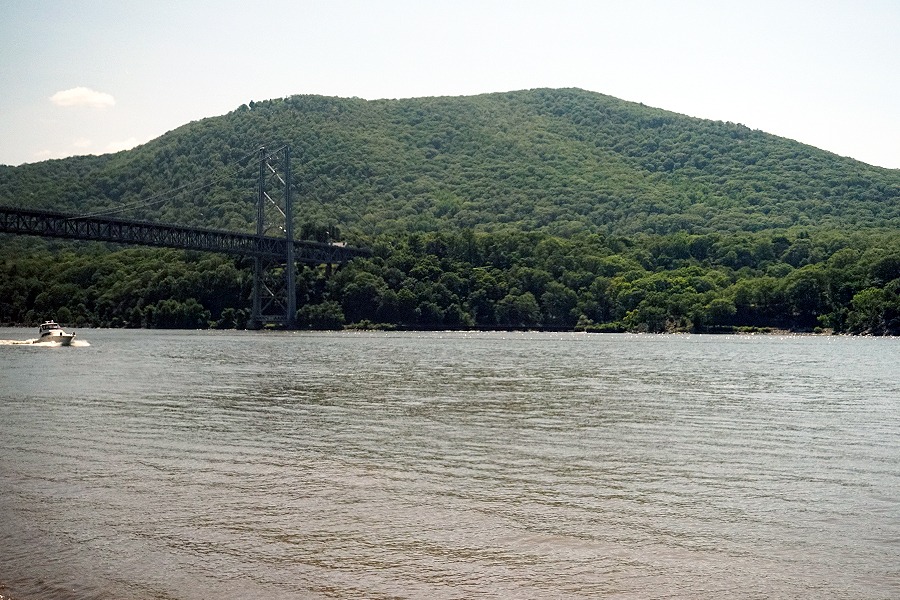
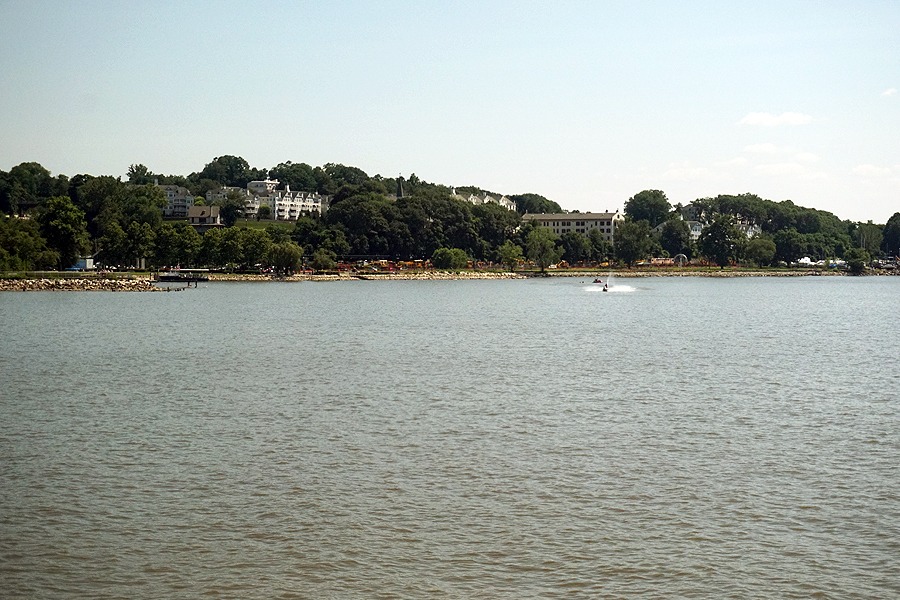
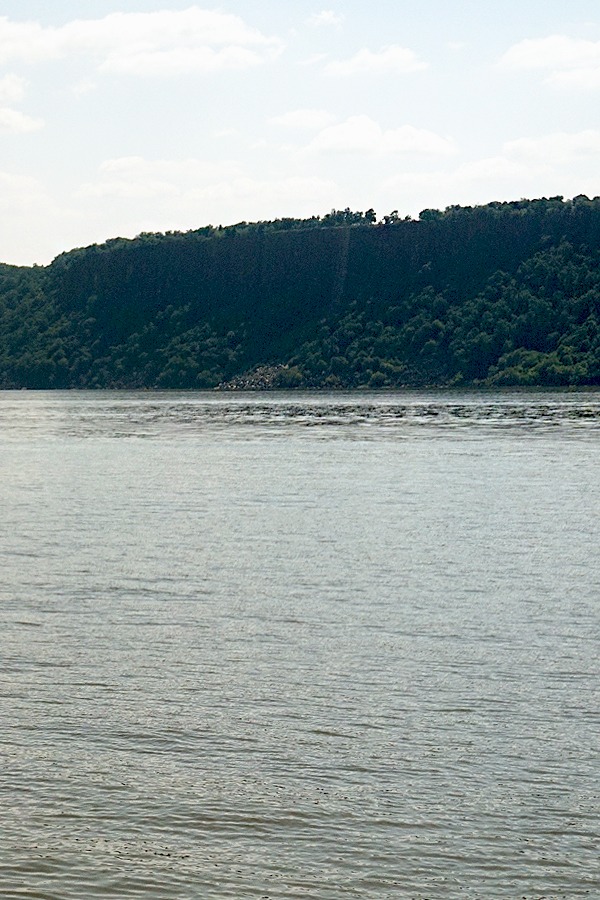
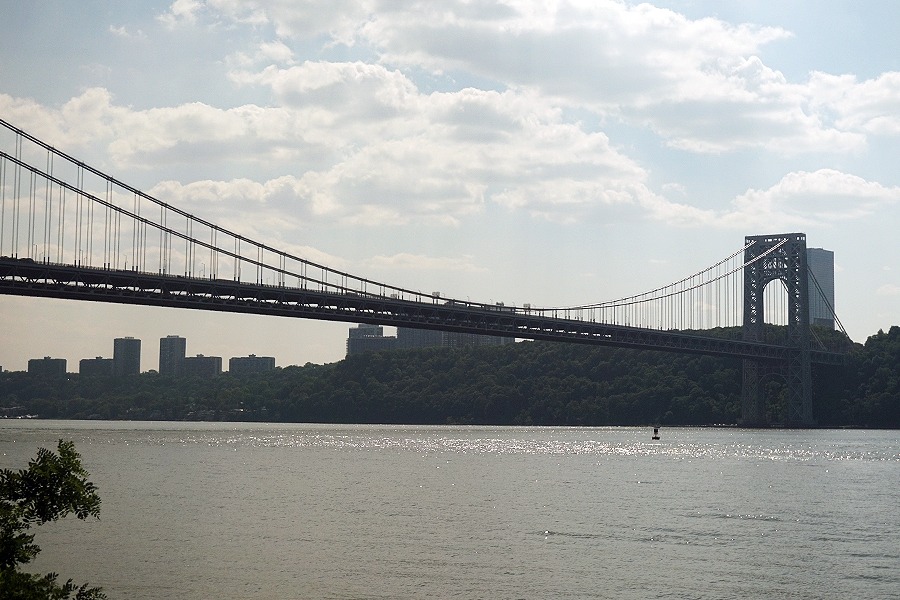
Arriving In New York City
After arriving at Penn Station, I took myself straight to my hotel for a quiet night in (enjoyable or not, a nine hour train journey does tend to take a lot out of you), which made the following day my first real day in the city. At this point, it’s probably worth mentioning that I decided to divide my time in New York into two halves. Specifically, I decided to spend my first four nights in the city at a historic hotel on the Upper West Side. It was located only one block away from the American Museum of Natural History and Central Park, thereby making the uptown museums that I wanted to see — The Met, the NY Historical Society, and the American Museum of Natural History — far more accessible than if I had been staying further downtown. Following this, however, I decided to move and spend my final five nights in a boutique hotel in the East 17th Street/Irving Place Historic District for, well, obvious reasons.
In any case, I allocated the morning of my first full day in New York to taking a walk around the Theodore Roosevelt Park that surrounds the American Museum of Natural History before taking a look at the NY Historical Society museum (alas, no photos from here as they didn’t have any exhibitions on that were particularly relevant to the Alienist books). The afternoon was devoted to a 30 minute walk down to the Lincoln Center to see the Ken Watanabe’s final performance in The King and I, before enjoying my first New York dining experience at a local Japanese restaurant.
The Metropolitan Museum of Art
The following day, I took the half mile walk across Central Park and spent the entire day at what has turned out to be my favourite place in New York (and possibly in the whole world — do New Yorkers know how lucky they are?), The Metropolitan Museum of Art; and here we return to our Alienist itinerary. Despite spending the entire day in the museum and only allowing myself around half an hour for lunch, I still didn’t see half of what I wanted to see. I did, however, manage to see a lot of the artifacts mentioned in The Angel of Darkness, along with one or two that were mentioned in The Alienist.
The first place I visited in the museum was the American Wing, and it was here that I ended up spending most of my time. Among other beautiful sculptures and decorative art, I saw the “enormous golden statue of naked Diana” that once sat atop the spire of Madison Square Garden that John Moore takes note of in The Alienist when he and Mary Palmer, Kreizler’s housekeeper and love interest, have afternoon tea at the Garden’s roof arcade. I also spent a very enjoyable 10 minutes or so admiring Louis Comfort Tiffany’s glass work and jewelry, a collection that included a selection of his famous lamps, one of which Dr. Kreizler is described as owning in The Alienist. Interestingly, the type of lamp Dr. Kreizler would have owned in 1896 when the novel is set would have been of the style of the lamp in the fourth photo in the gallery below; this leaded Favrile glass and patinated bronze lamp, circa 1895-98, was “among the earliest produced by Tiffany studios, made before Tiffany embarked on the predominantly floral leaded-glass lampshades for which the firm is known.”
However, it was the American Wing’s painting and sculpture galleries, as well as a special exhibition of John Singer Sargent’s work (“Portraits of Artists and Friends”), that made me feel as though I had died and gone to heaven. Although I had previously seen a small selection of the works on display when an exhibition from The Met came to my city several years ago, there is nothing that compares to seeing them where they belong in the context of all the other works in the galleries. Included below are a small selection of the works I savoured that relate directly to the Alienist books. Specifically, from left to right, we have: Emanuel Gottlieb Leutze’s Washington Crossing the Delaware, the painting Dr. Kreizler sits in front of while discussing the case at The Met in Chapter 14 of The Angel of Darkness; Albert Pinkham Ryder’s Toilers of the Sea (“Pinkie” makes a cameo in The Angel of Darkness); six works by John Singer Sargent, the brilliant portraitist Dr. Kreizler mentions first when the team requires a portrait artist in The Angel of Darkness but who he rules out as “he is in London and would demand an absurd fee”; two works by Cecilia Beaux, the portrait artist the team eventually hire for the job on the recommendation of Pinkie; one work by William Merritt Chase, another portrait artist Dr. Kreizler considers as a “superb” potential candidate for the job; and two works by Thomas Eakins, another potential candidate Dr. Kreizler would have considered had he not been located in Philadelphia.
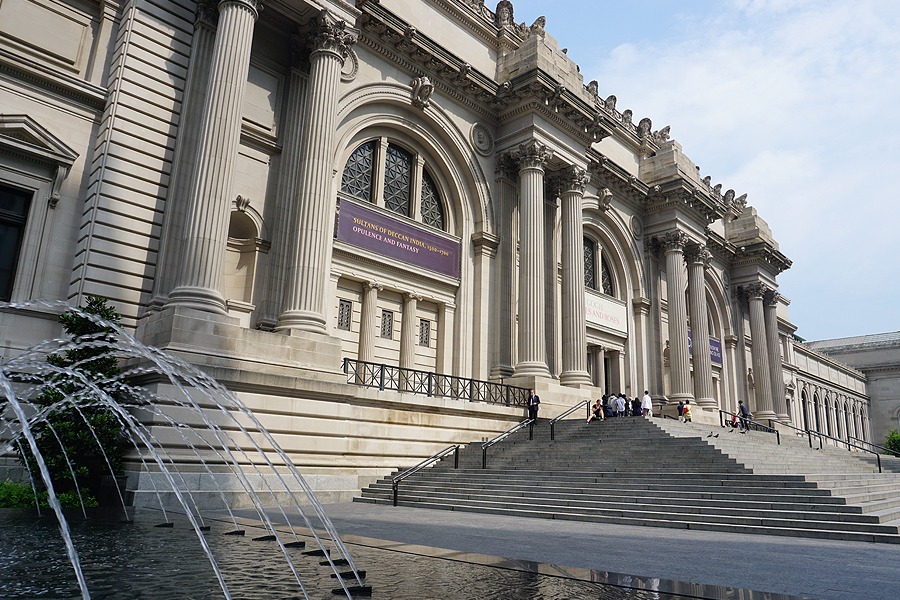
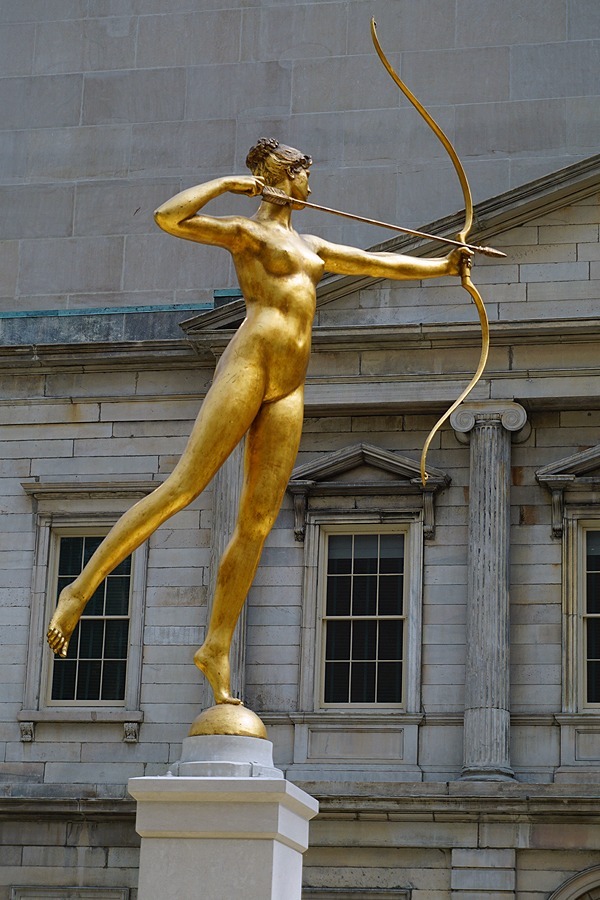
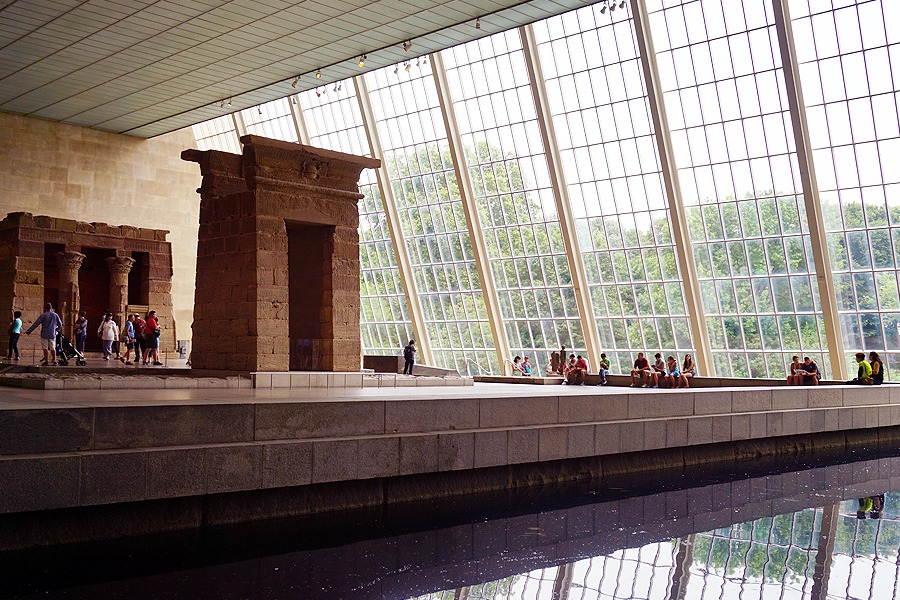
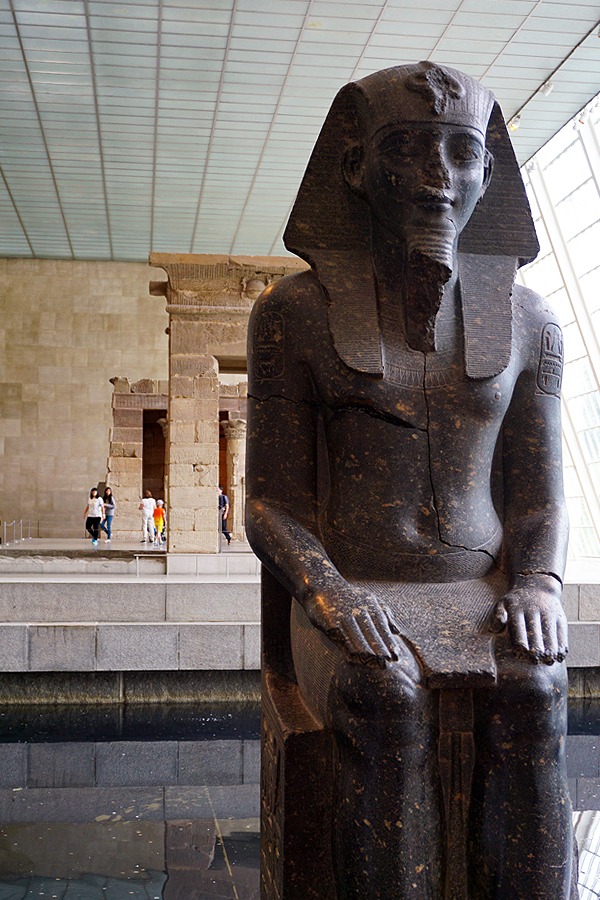
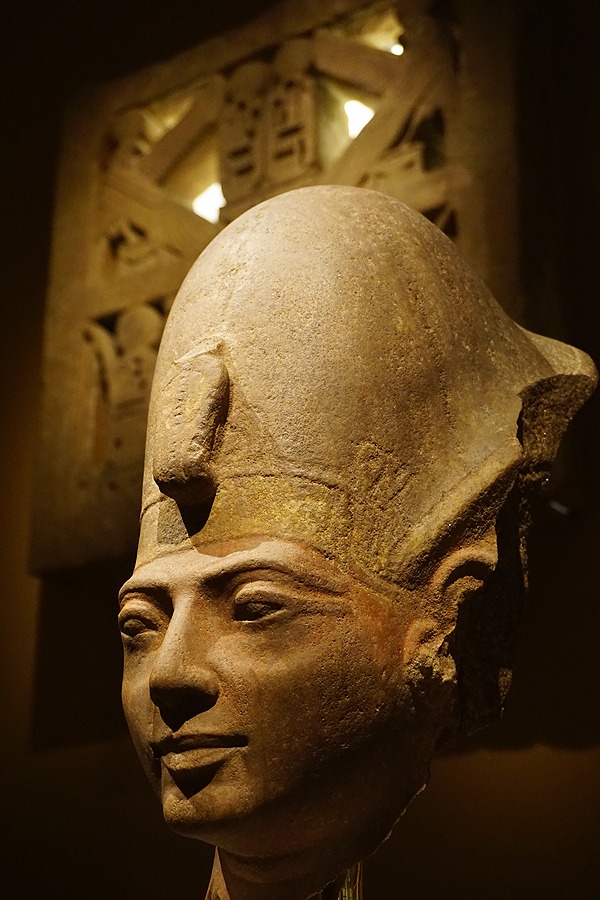
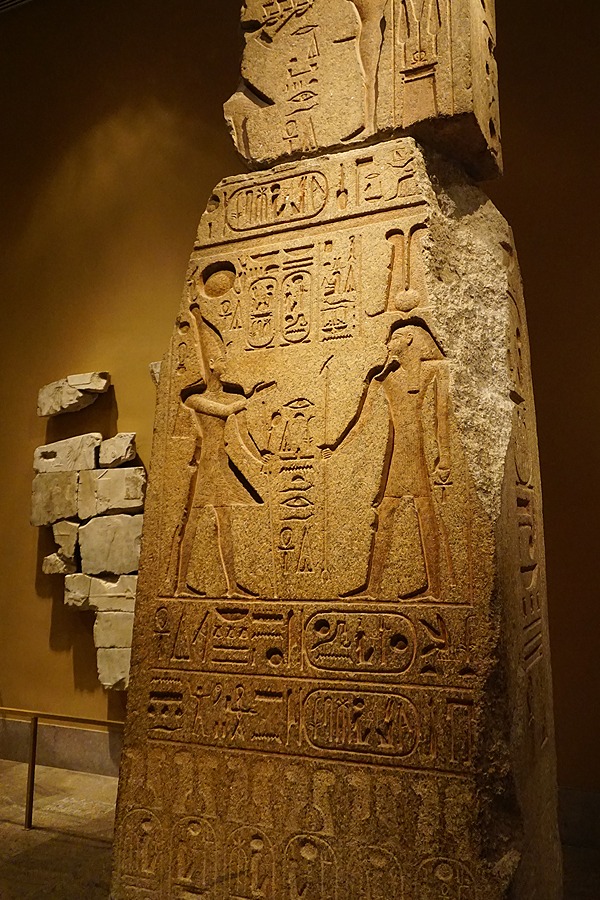
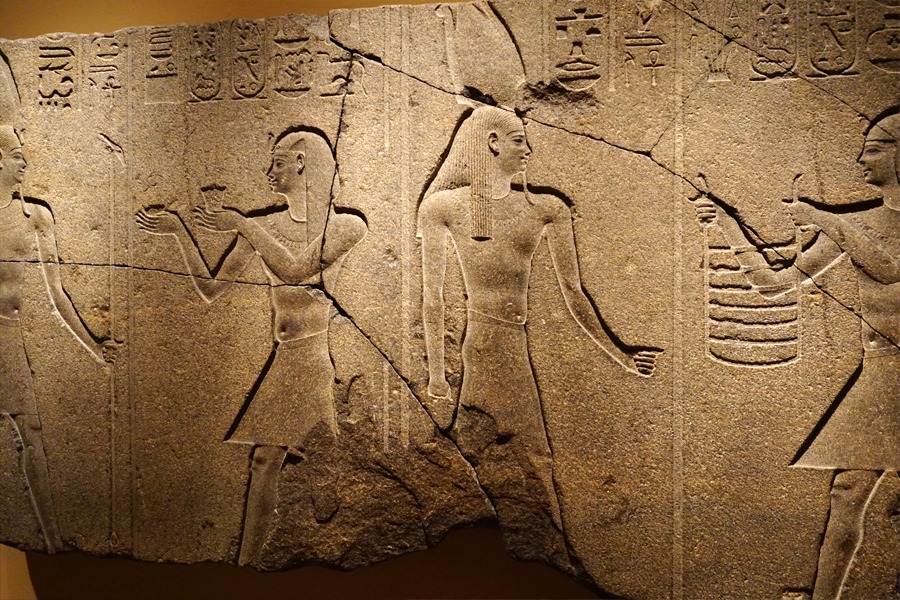
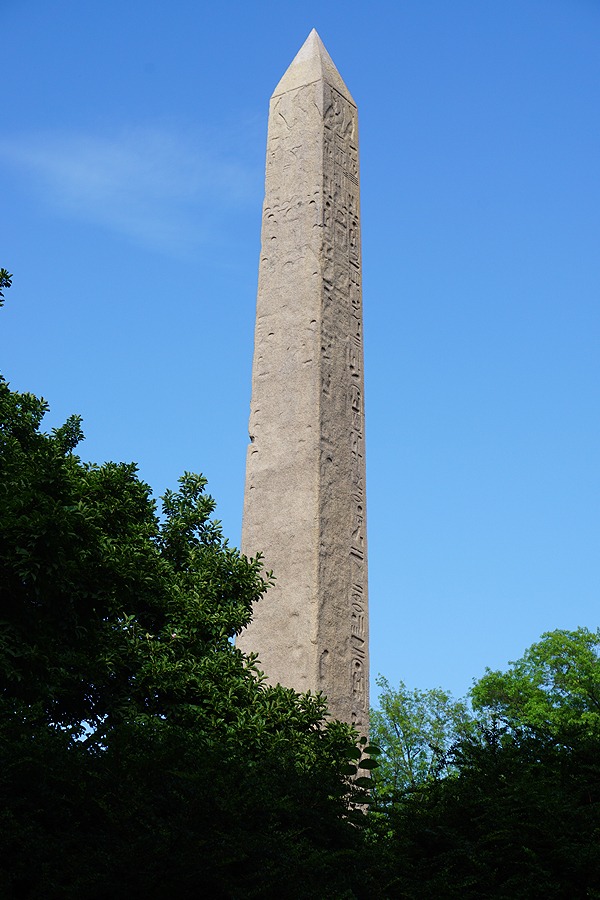

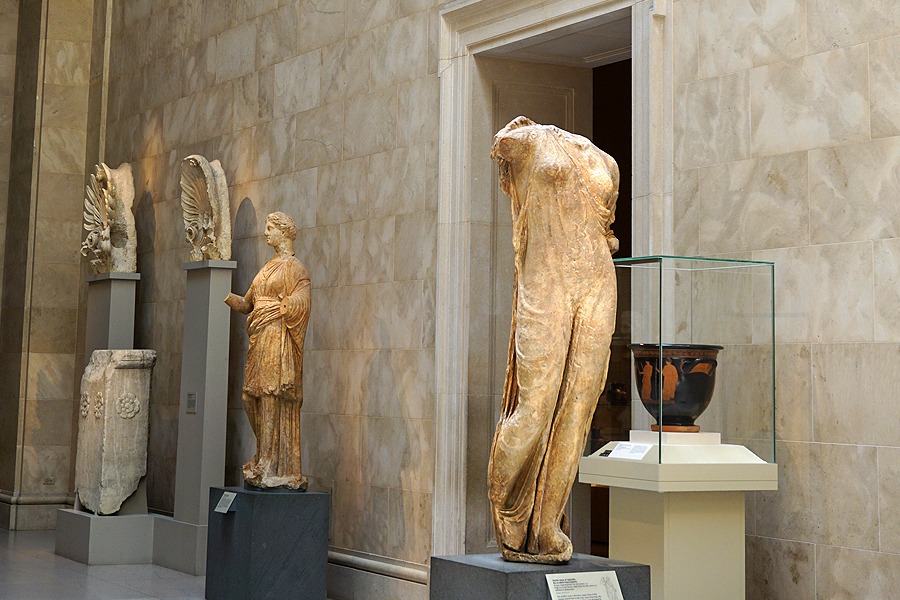
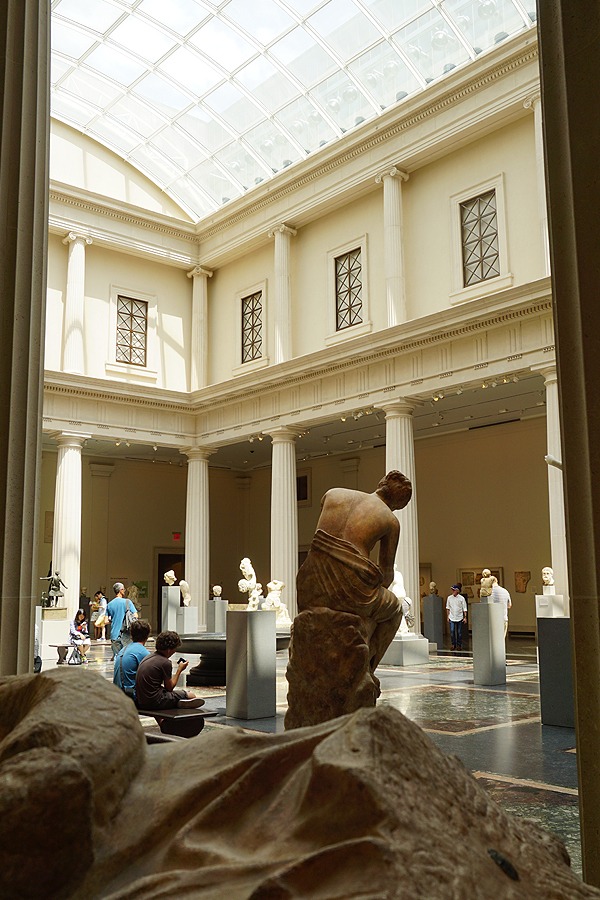
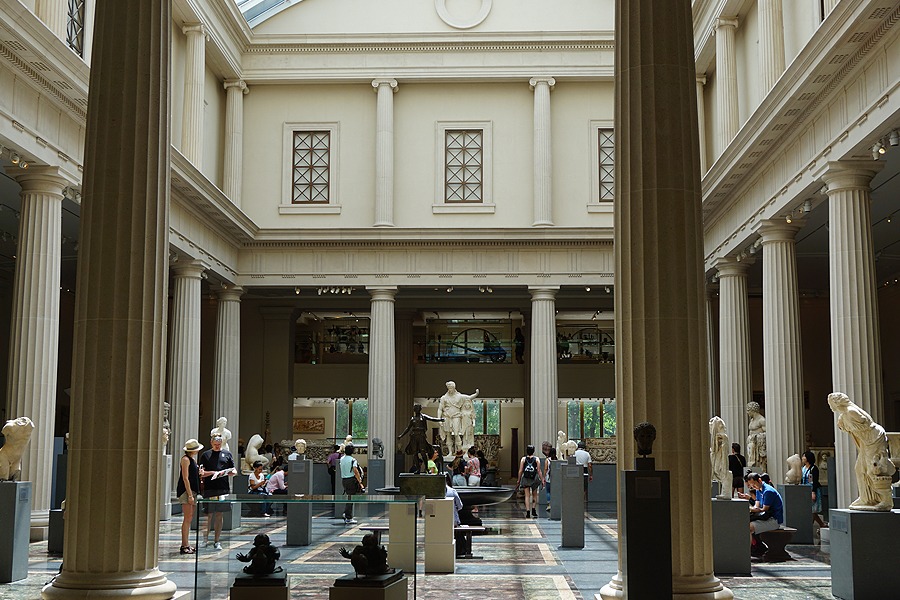
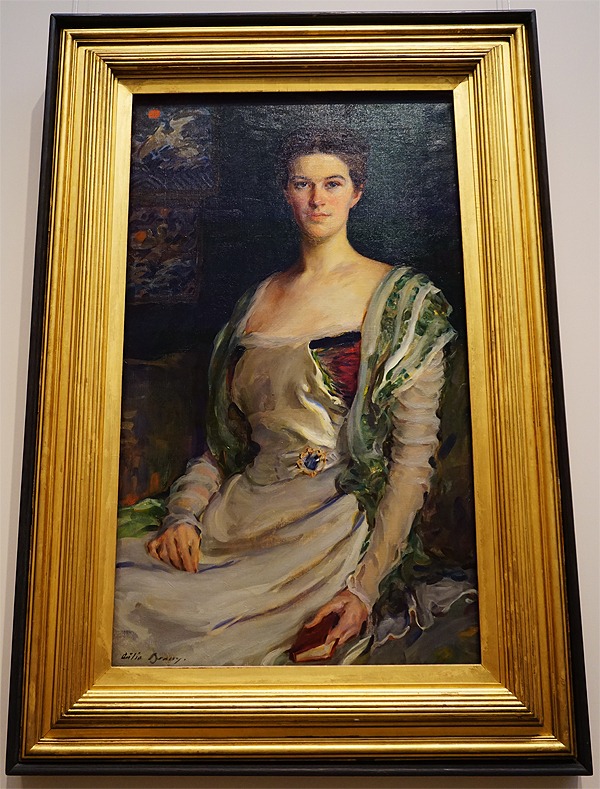
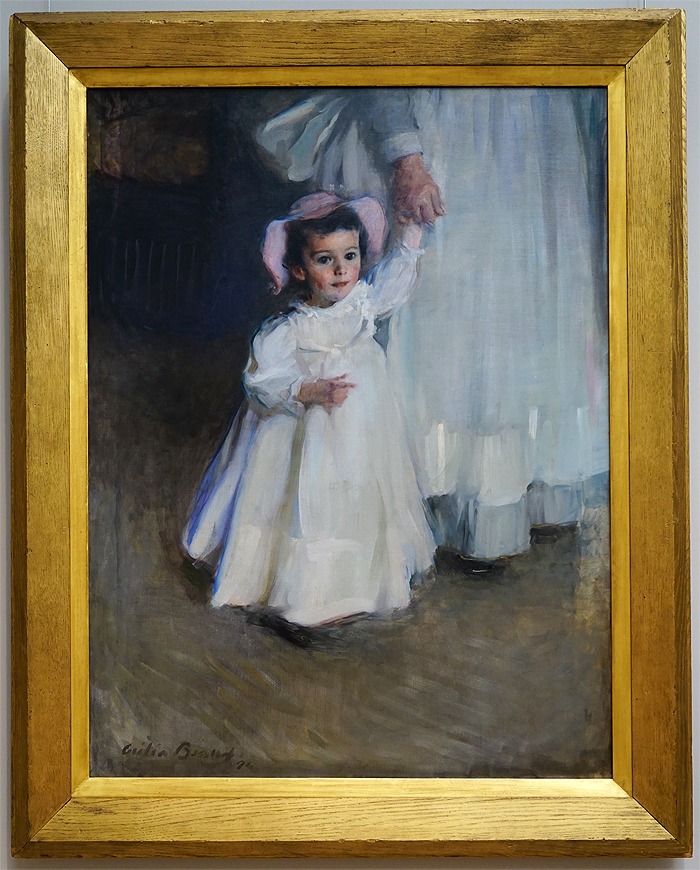
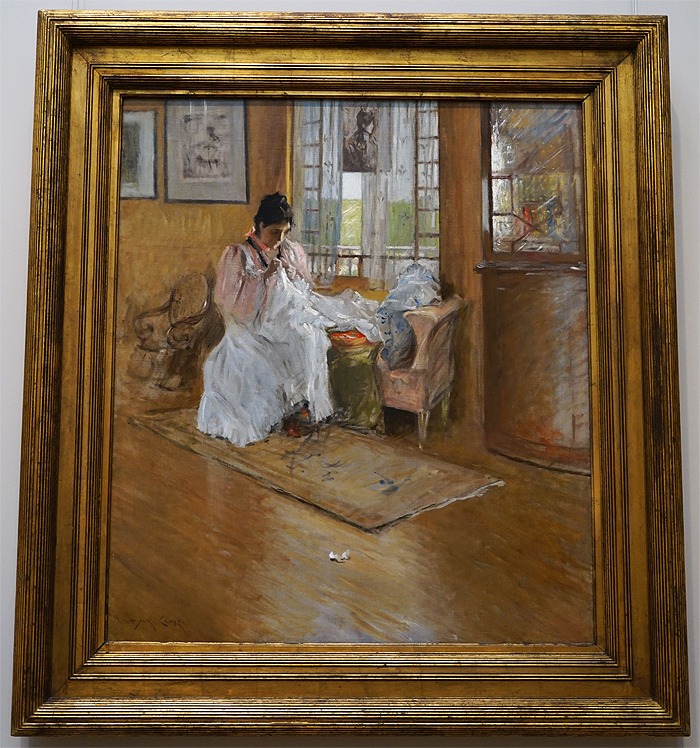
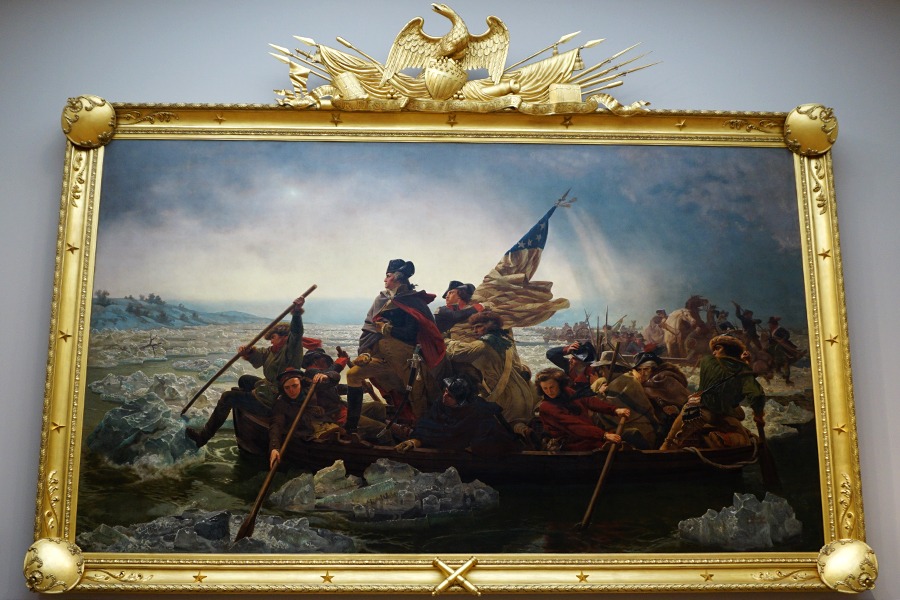
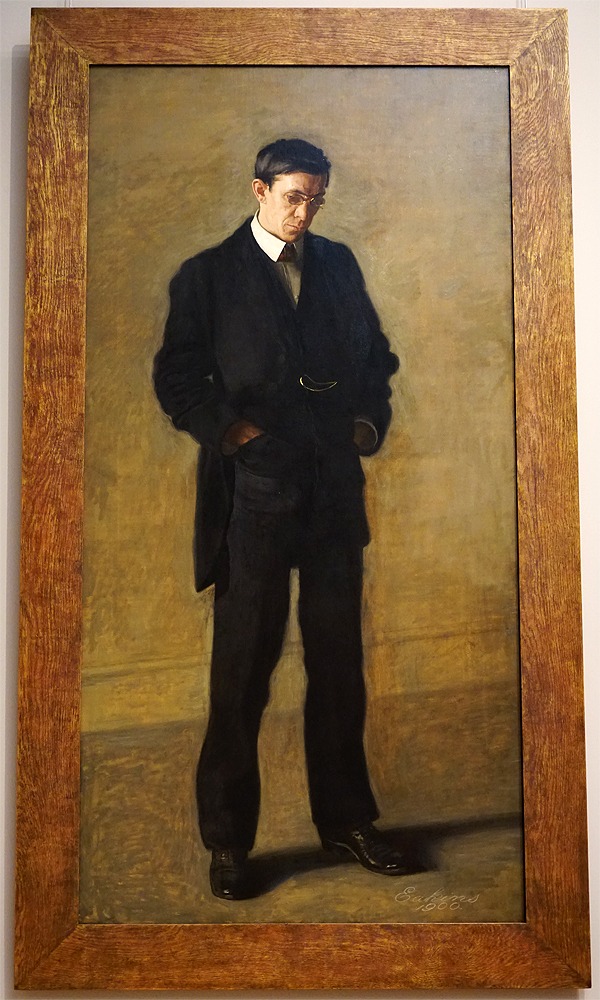
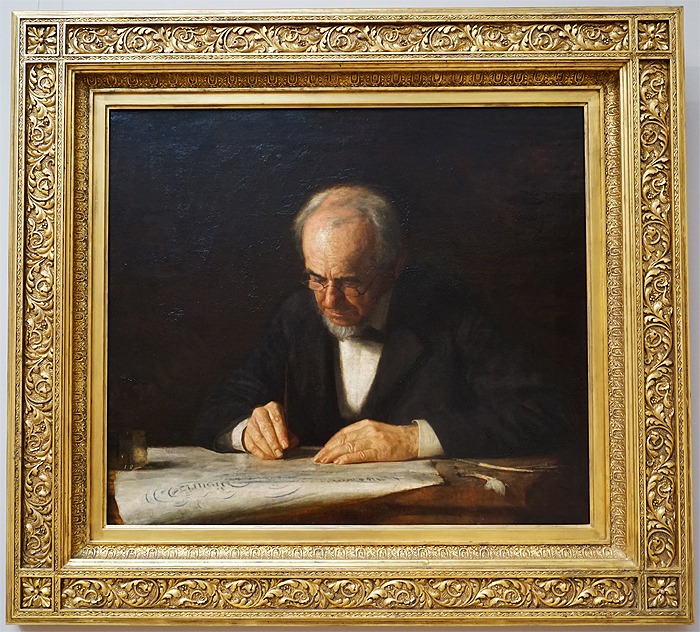

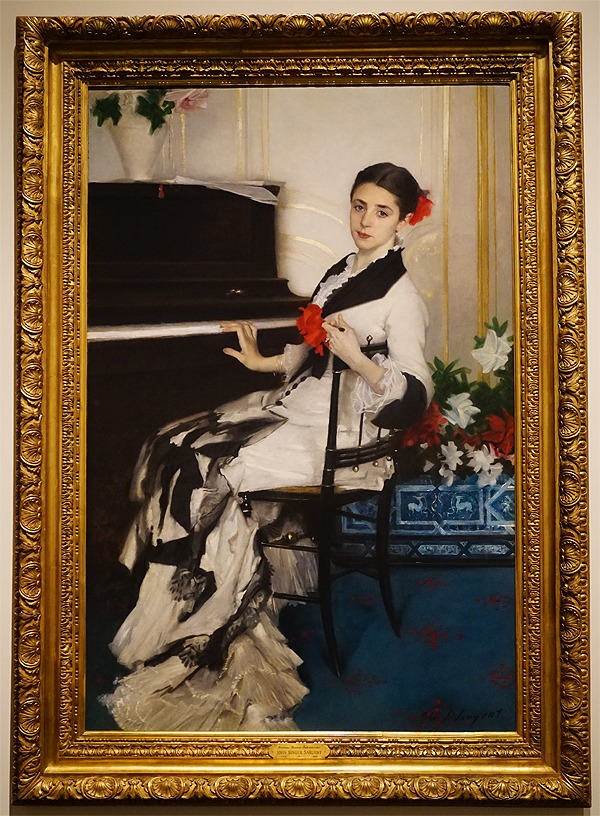

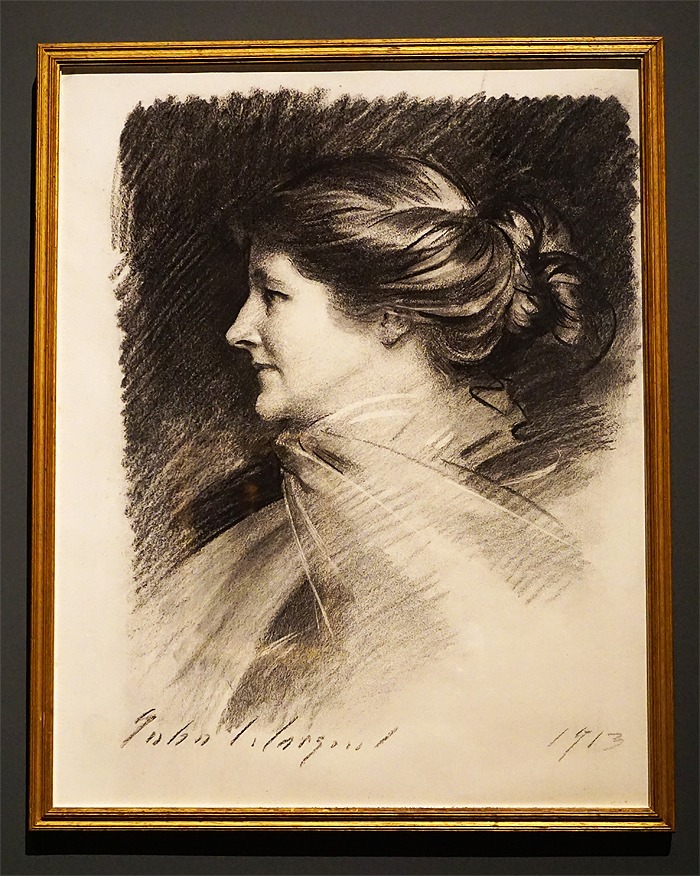
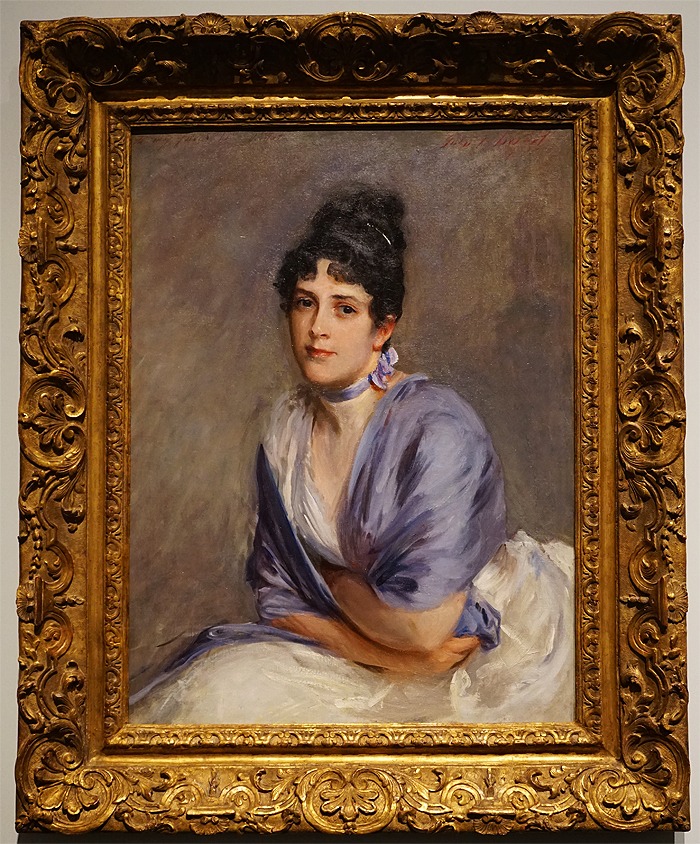
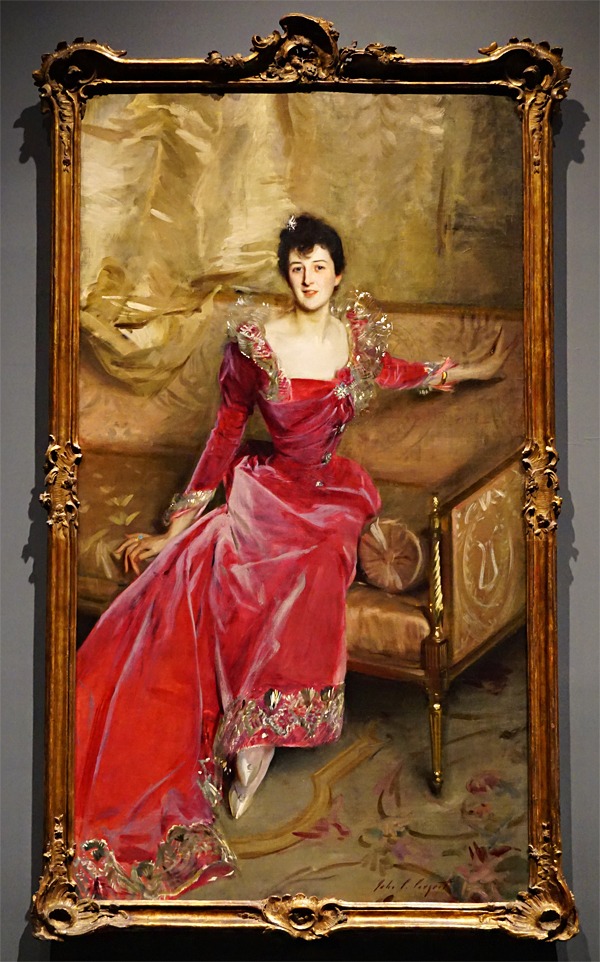
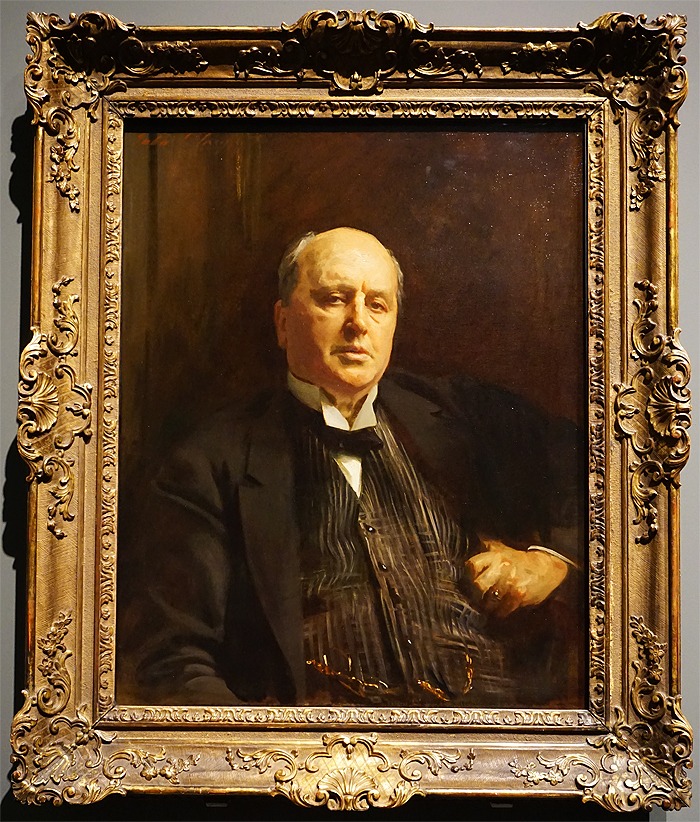
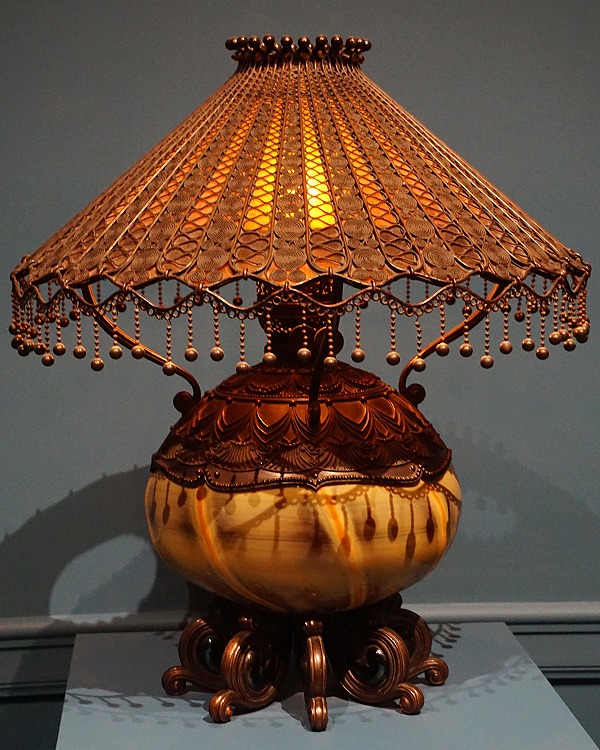
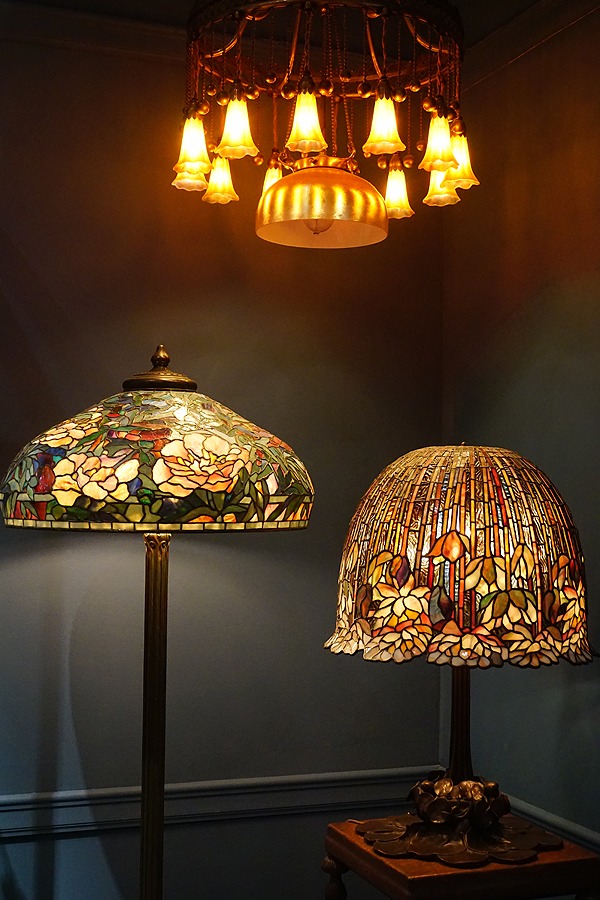
Although I visited several other galleries beyond the American Wing, I have only included a small selection of photos from the two that were mentioned explicitly in The Angel of Darkness. Specifically, I have included four photos from the Greek and Roman galleries which house a selection of sculptures that Stevie Taggert describes the The Angel of Darkness as “the most boring objects in the place,” but which the abducted baby, Ana Linares, apparently found enchanting. It should be noted, however, that the current Greek and Roman sculpture galleries are quite different to those that the characters would have been seeing in 1897, as Stevie explains in the quote below.
The Angel of Darkness, Chapter 14:
We got back down to what the Metropolitan’s operators liked to call the “sculpture galleries,” but where in fact, as the Doctor’d told me on one of our first visits to the museum, most of the figures on display were plaster casts of great statues from other galleries and institutions around the world. They’d been put on display in New York for those folks what would never get the chance to travel and see the originals. This accounted for the uniform bright whiteness of many of the pieces, and for the way that they were thrown together, almost like they were in a warehouse. The sunlight what came in softly through big rectangular windows was reflected off ceilings and moldings what were also bright white, and also off the polished red marble floor. The wood paneling of the walls, by way of contrast, was dark and together with the arched doorways gave the place a kind of stately feel. But as for the sculptures themselves, they—like the stuff in the first floor of the south wing—didn’t do much for me, and I doubt I would’ve felt much different if I’d been looking at the originals.
Finally, I have also included a selection of photos from the Egyptian galleries — which again would have looked very different in 1897 — which the team briefly visits to compare Cecilia Beaux’s sketch of their primary suspect to a carved and painted face of an Egyptian woman (said to bear a resemblance to the suspect in the region of the eyes), along with two photos of “Cleopatra’s Needle,” the Egyptian obelisk found at the rear of The Met where Ana Linares was abducted in The Angel of Darkness.
American Museum of Natural History
My next day in New York was also spent in its entirety at a museum, this one located much closer to my hotel: the American Museum of Natural History. As with The Met, the Museum of Natural History is another location featured in the books, this time primarily in The Alienist although it was also briefly mentioned in The Angel of Darkness. Specifically, it is at this location that Dr. Kreizler and John make a visit to Franz Boas and Clark Wissler whom they consult regarding the potential role Native Americans may have played in the killer’s formative years. Within the novel, Kreizler and John visit Franz Boas “in a cluttered office in one of the museum’s turrets overlooking Seventy-seventh Street,” before joining Clark Wissler as he worked on an installation in the exhibition rooms of the Department of Anthropology.
The museum’s 77th Street entrance, seen in photos 3-5 of the gallery below, still looks much the same as it would have looked in 1896 (including the aforementioned turret), but the museum’s Central Park West entrance, seen in photos 1-2 of the gallery below, was only added in 1938 as the New York State Memorial to Theodore Roosevelt. You can also view photos from my visit to the Theodore Roosevelt Park that surrounds the museum (photos 6-10), as well as two photos from the Theodore Roosevelt Rotunda located inside the museum’s Central Park West entrance.

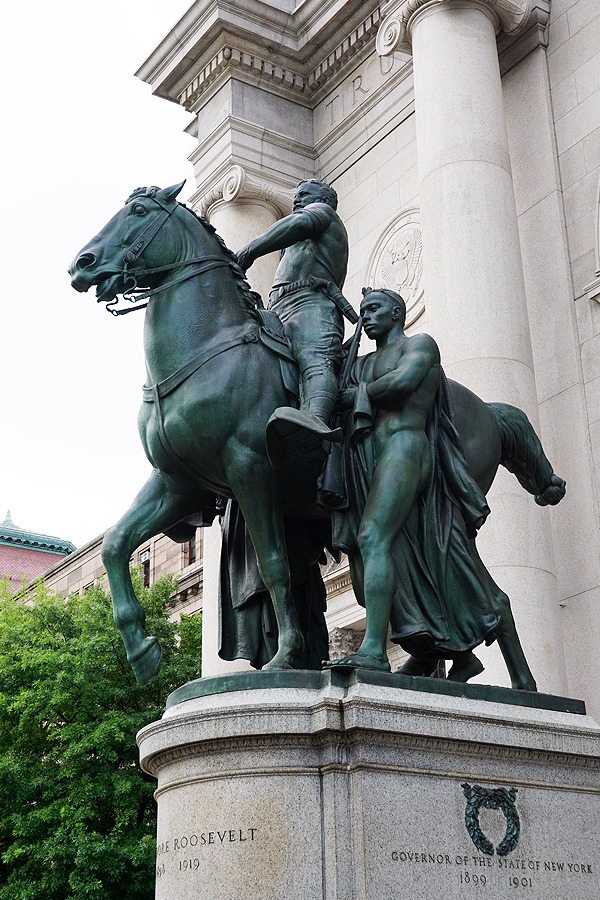
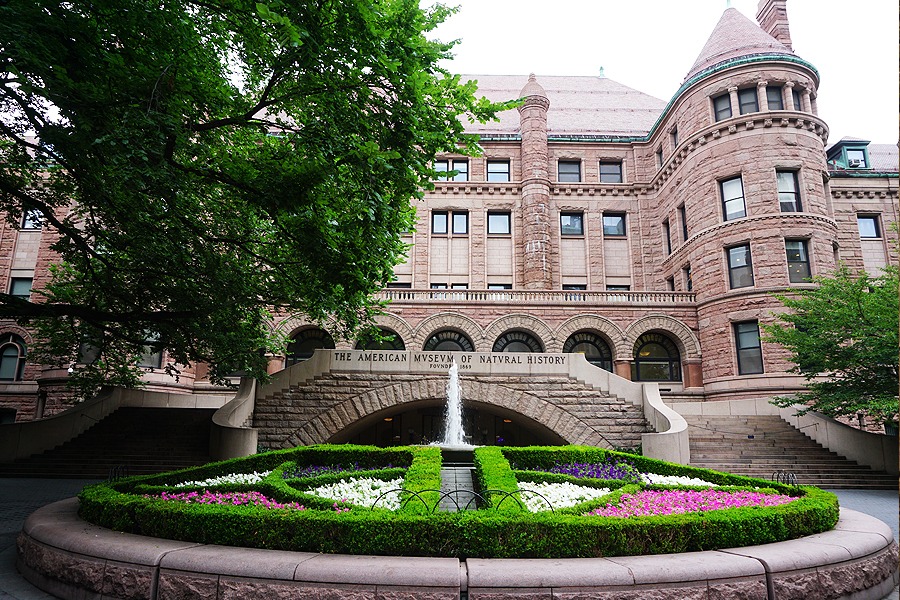
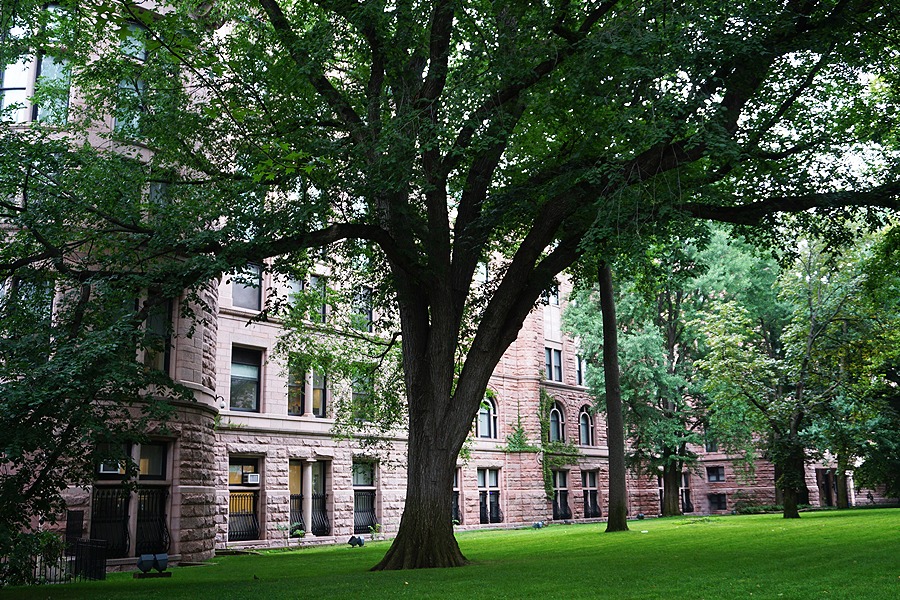
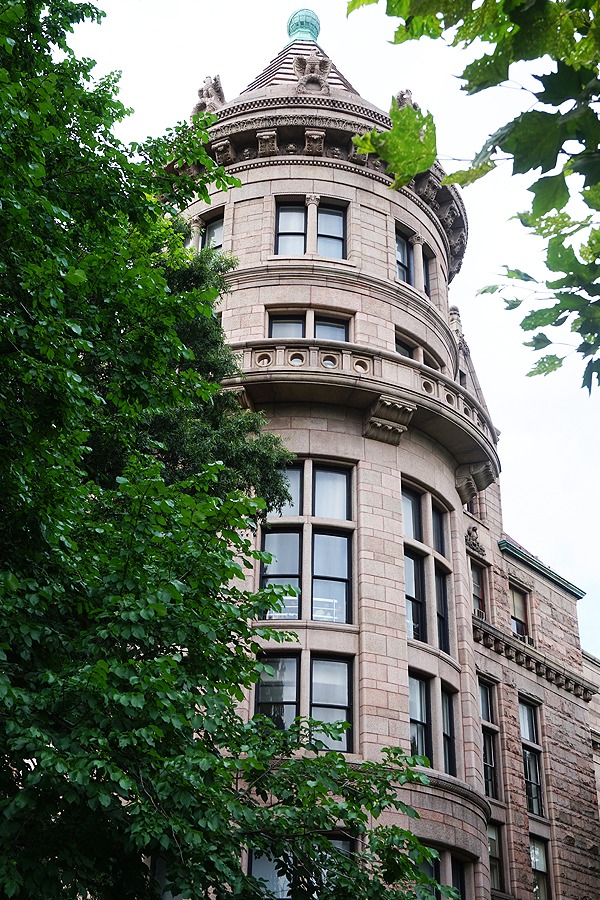
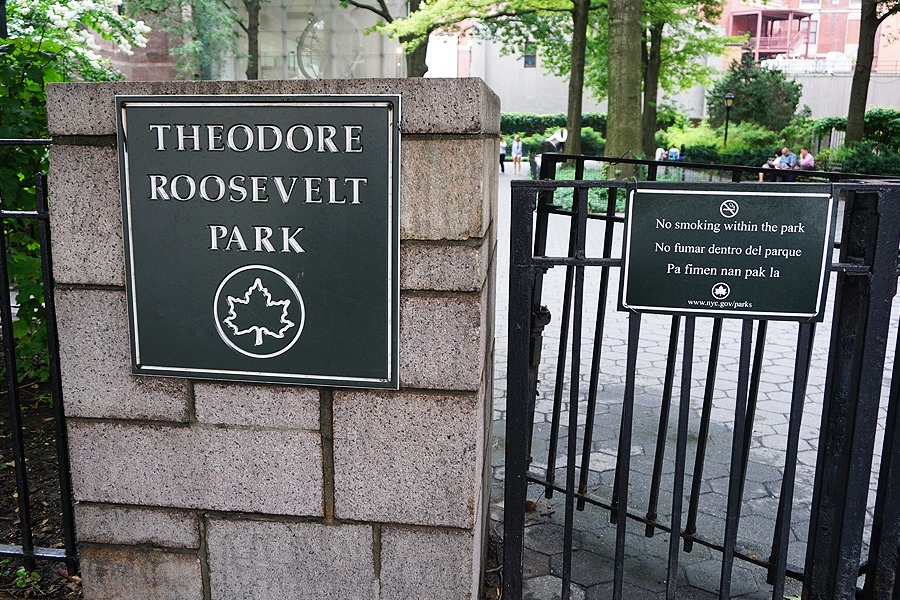
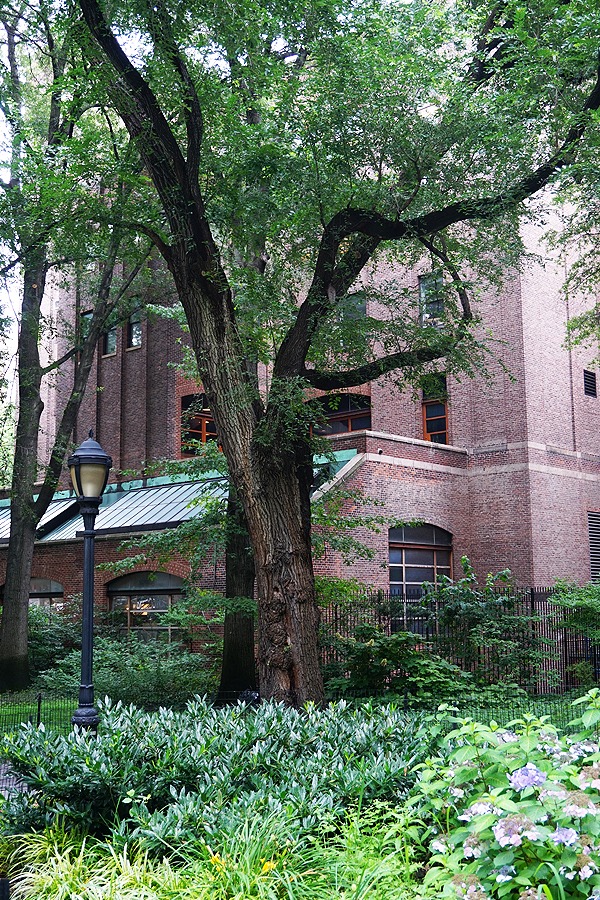
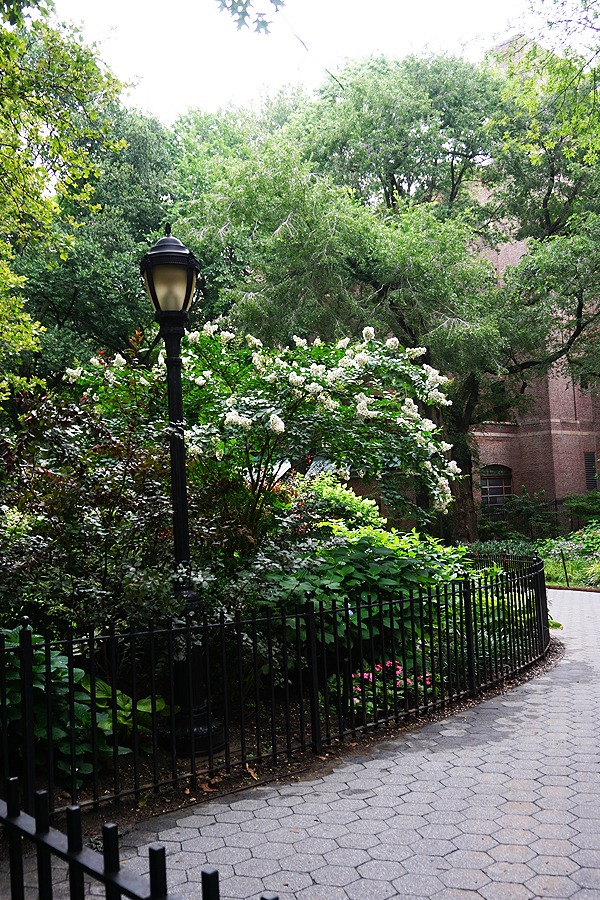
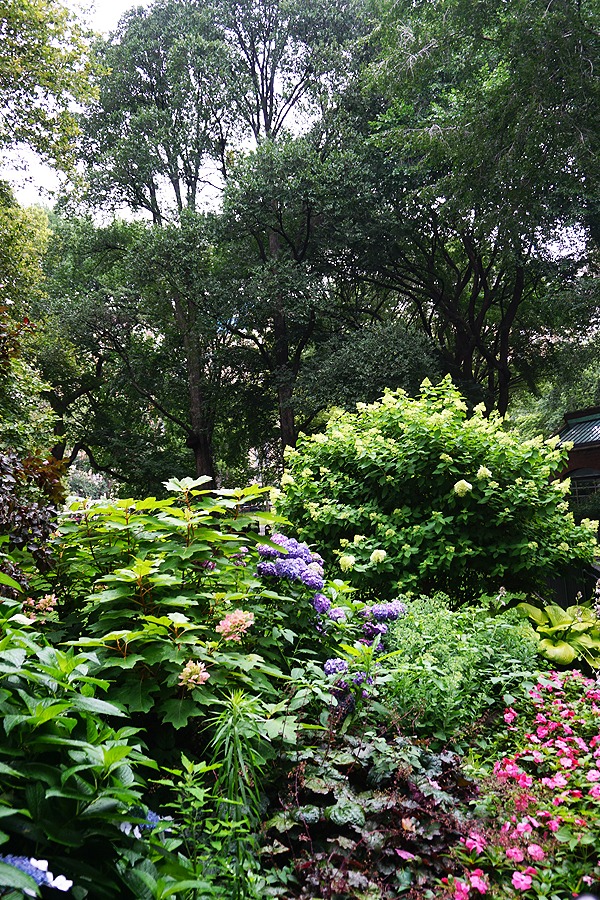

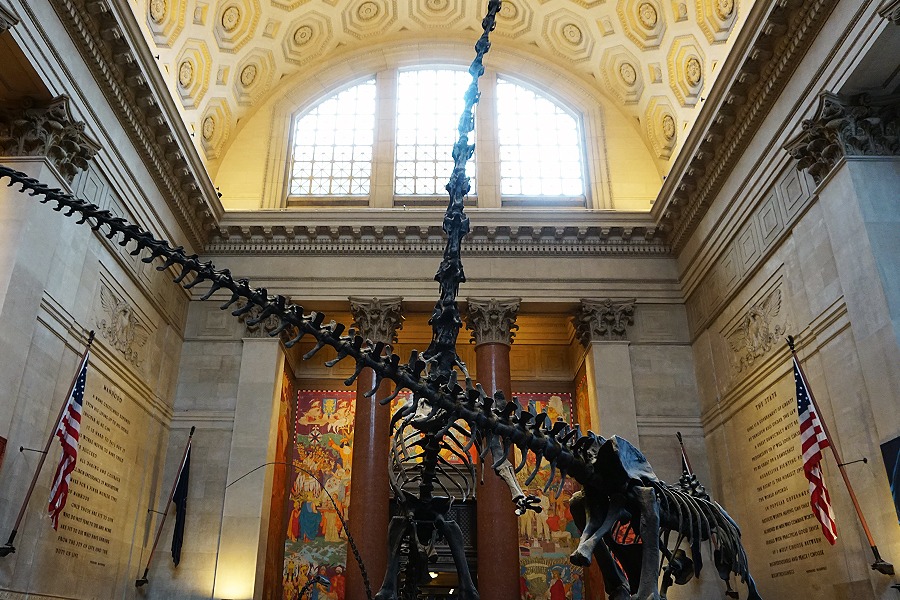

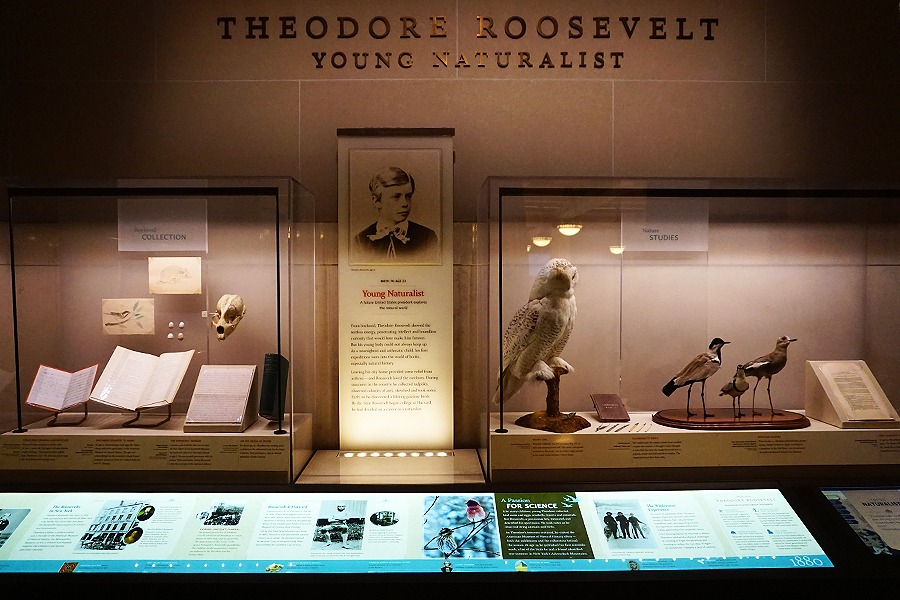
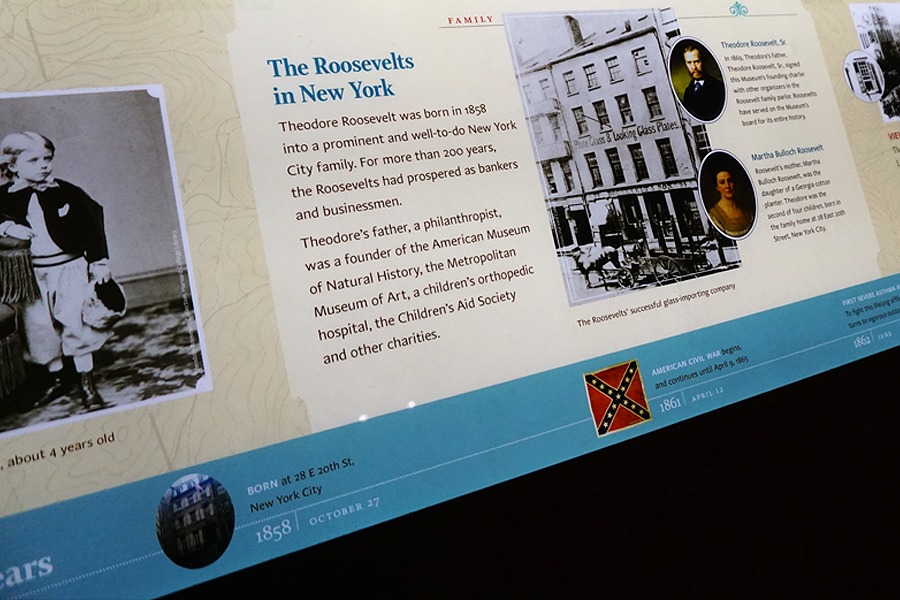
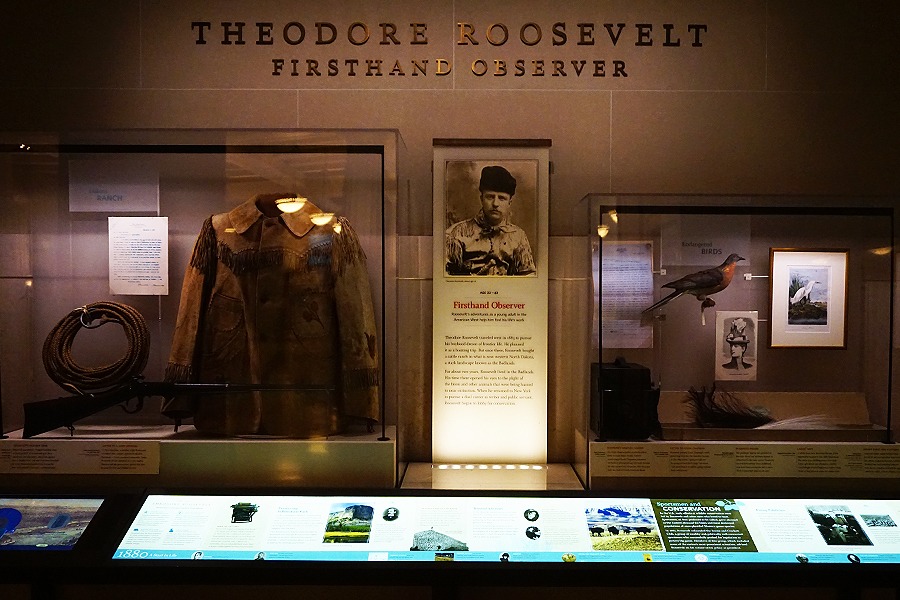
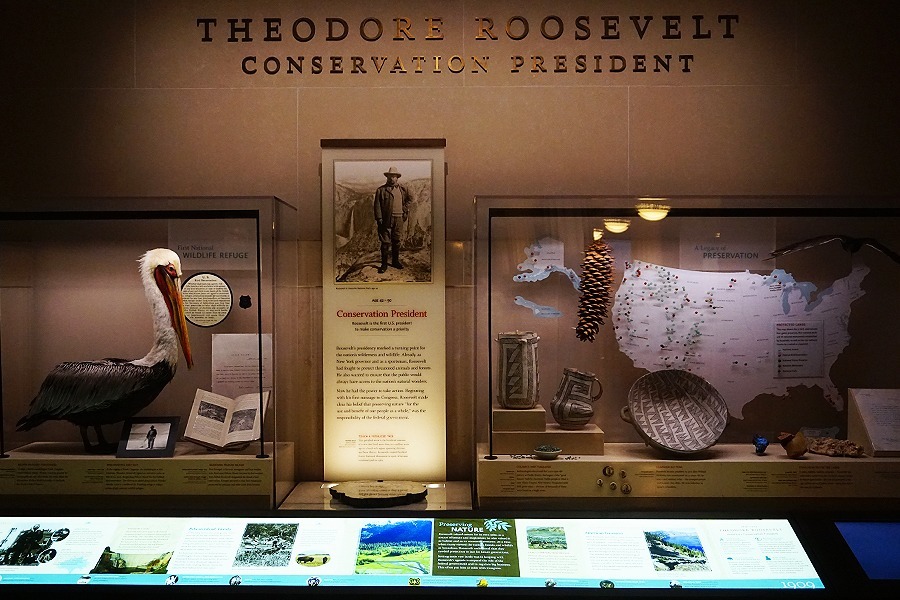
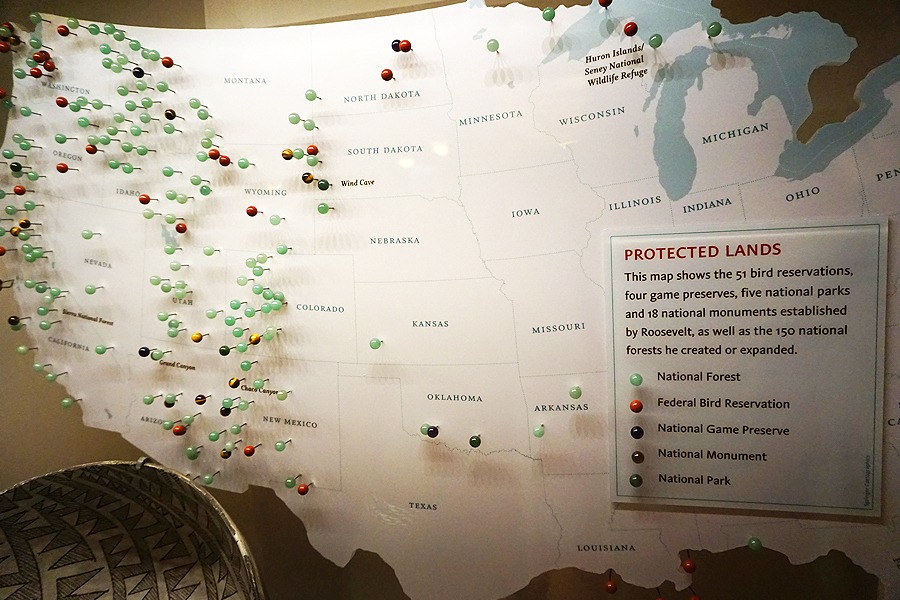
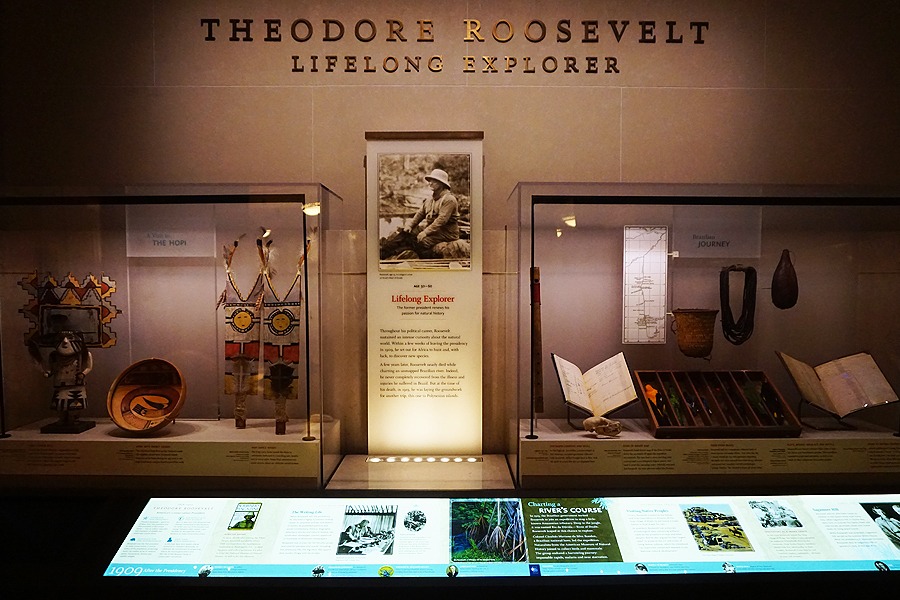
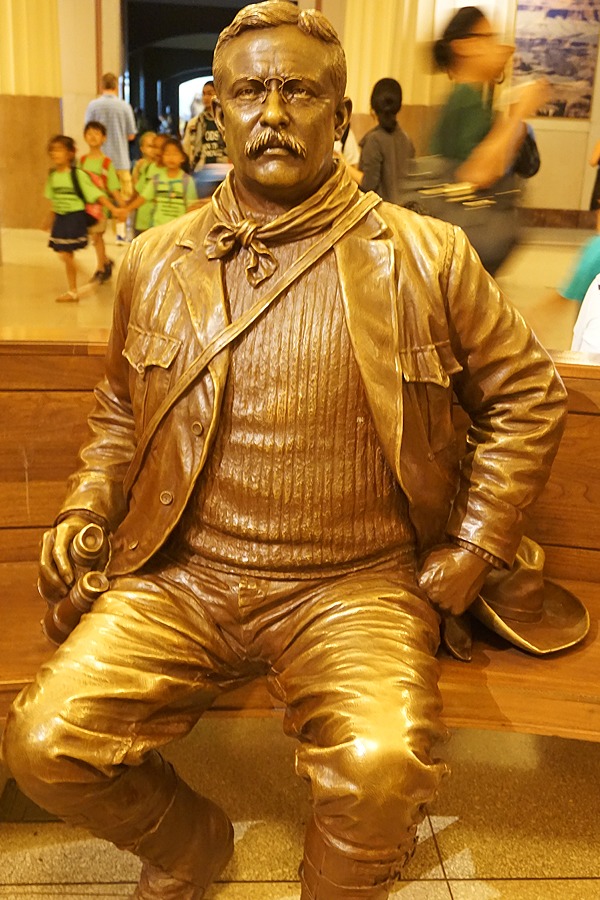
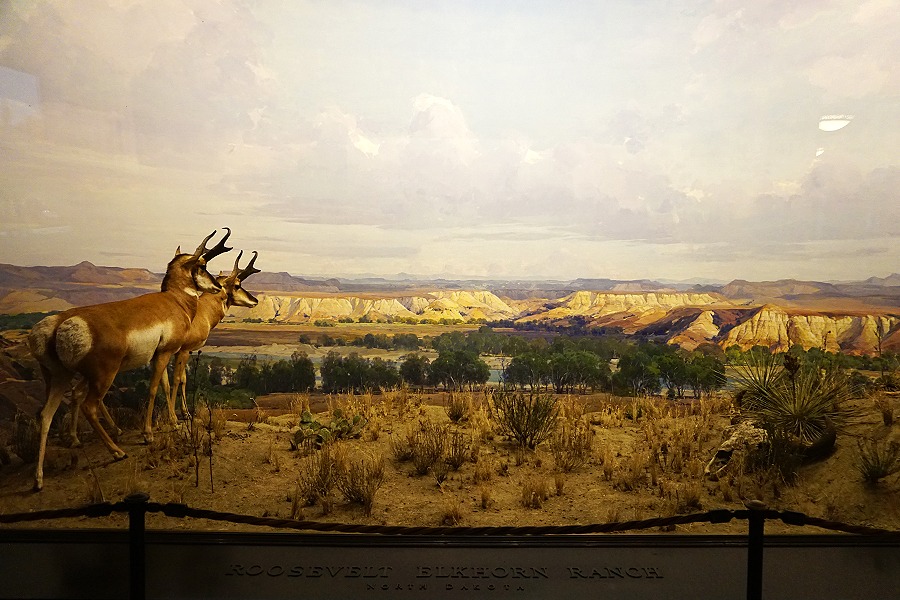
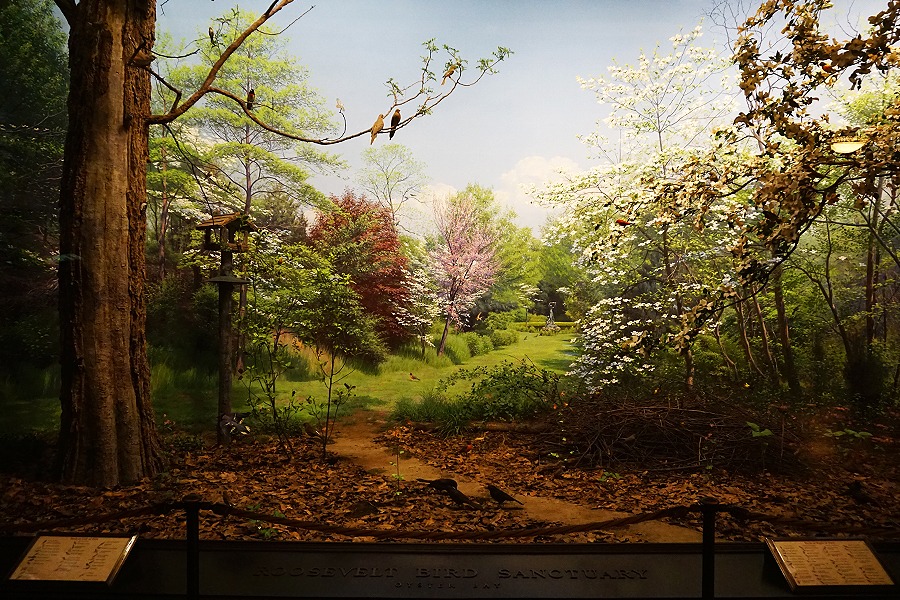
Although I enjoyed my time looking through the exhibition spaces in the museum (my particular favourite was the Hall of Human Origins), the highlight of my visit would have to have been the newly renovated Theodore Roosevelt Memorial Hall — a must-see for any Alienist reader who visits, for obvious reasons. The remainder of the photos I have included in the gallery above are of the various exhibits in the renovated Memorial Hall that take you on a guided tour through TR’s life, culminating in a wonderful life-size bronze of the President in which he is outfitted in the clothing he wore on his famous trip to Yosemite National Park; a trip that the museum describes as “possibly the most important camping trip in conservation history.”
Central Park
My final half-day on the Upper West Side was earmarked for exploring as much of Central Park as I could manage before I was due to switch hotels at midday. Unfortunately for me, however, one of New York’s summer storms decided to move in after I had only been at my exploration for an hour, so I had to cut my visit to the park short. As a result, I only managed to see the Turtle Pond, the Shakespeare Garden, Belvedere Tower, and a small section of The Ramble in addition to the cross-section of park that I saw on the day I visited The Met. Alas!
Even though these sections of the park are not mentioned in either Alienist novel (the team did make the carriage ride from The Met across the park to the west side, however it was via the Sheep Meadow which, unfortunately, I did not manage to see), I have still decided to conclude Part One of my travel blog with these photos as I feel that they made a pleasant way to end my time uptown. Enjoy, and don’t forget to join me in Part Two as I recount my adventure downtown to finally visit the locations that make up the heart of the Alienist novels.
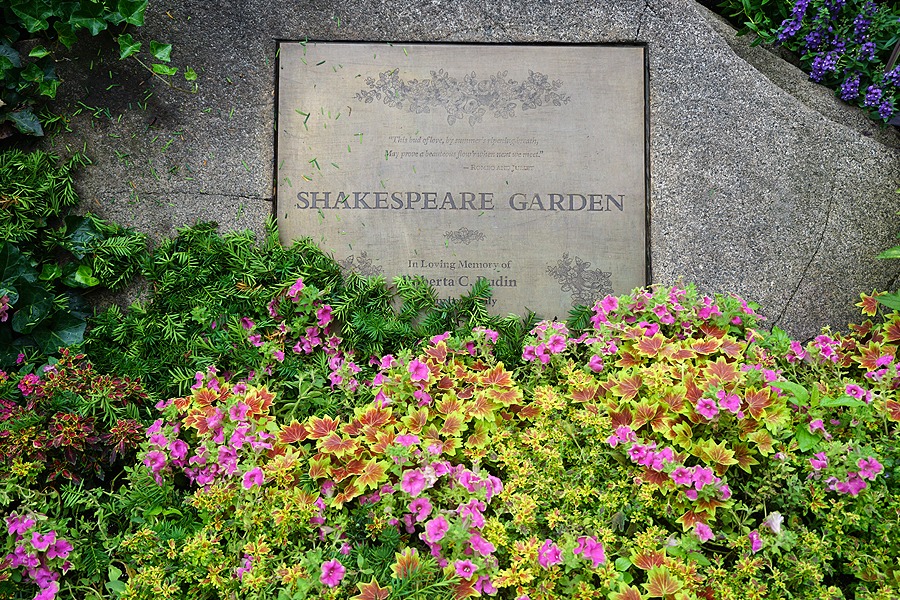
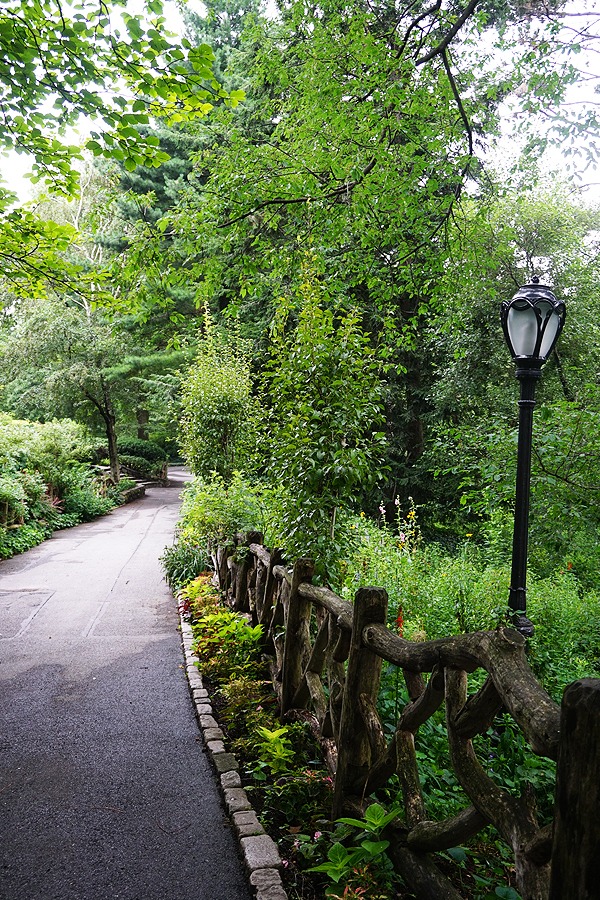
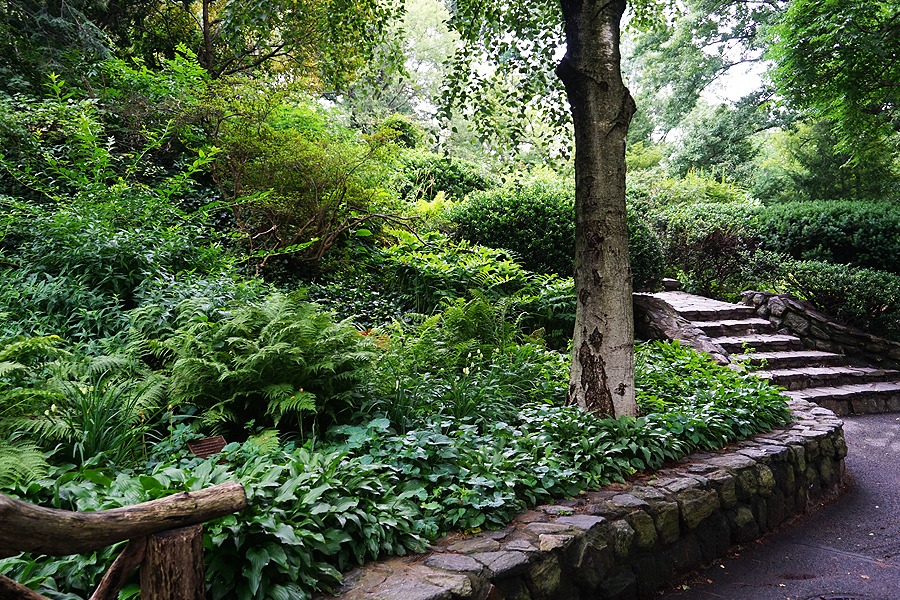
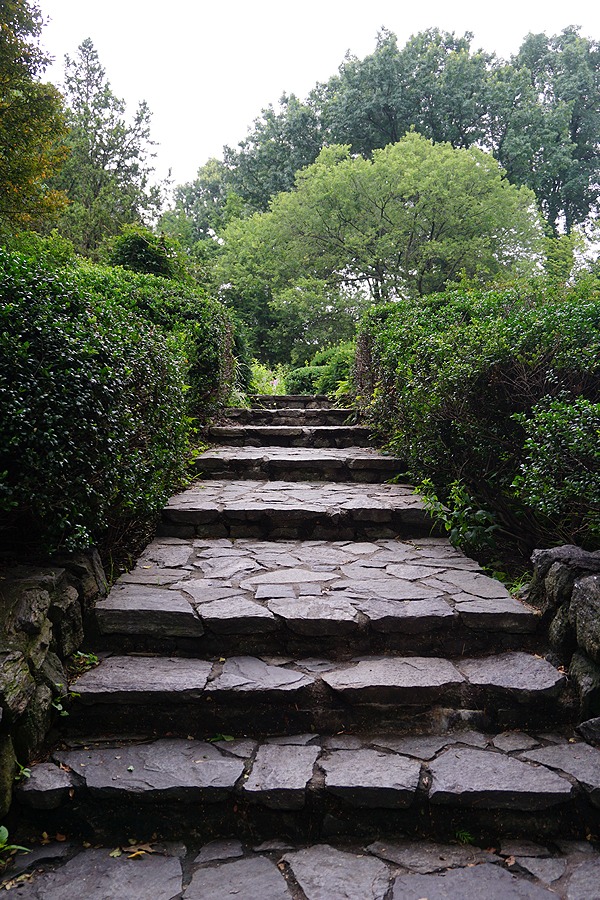
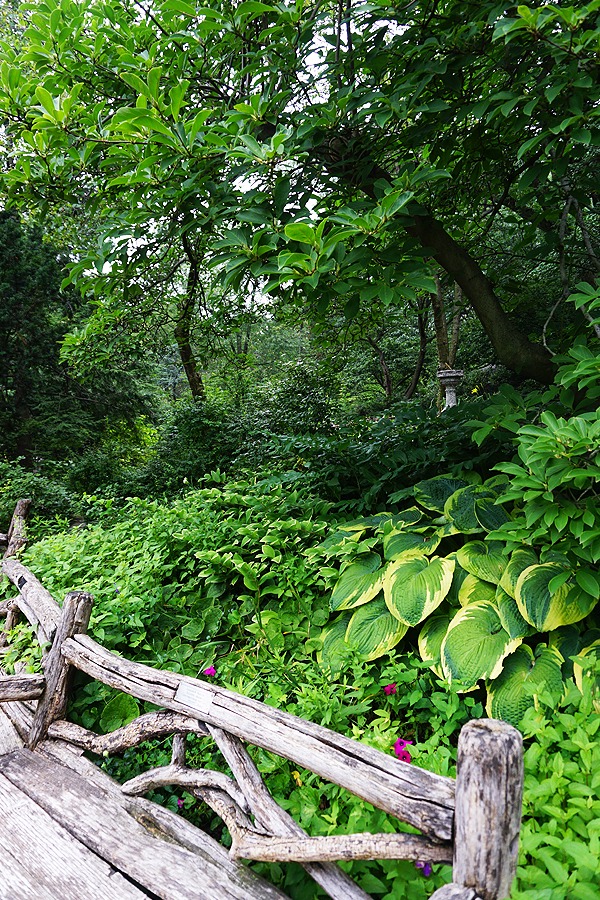

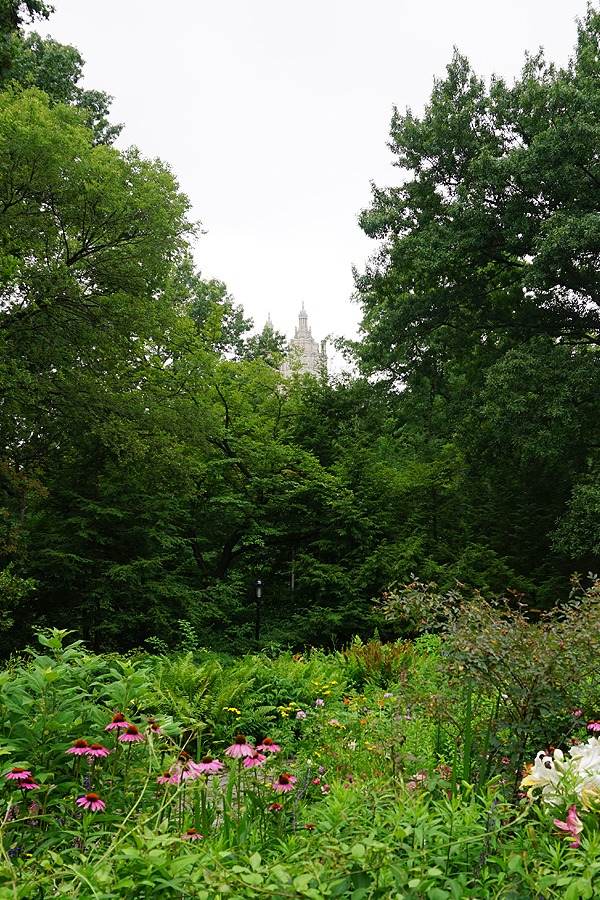
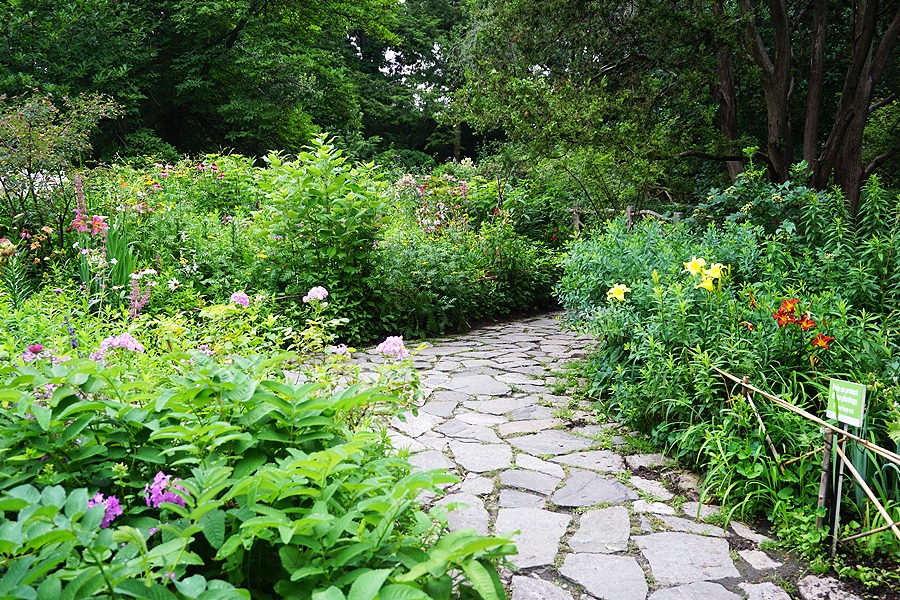
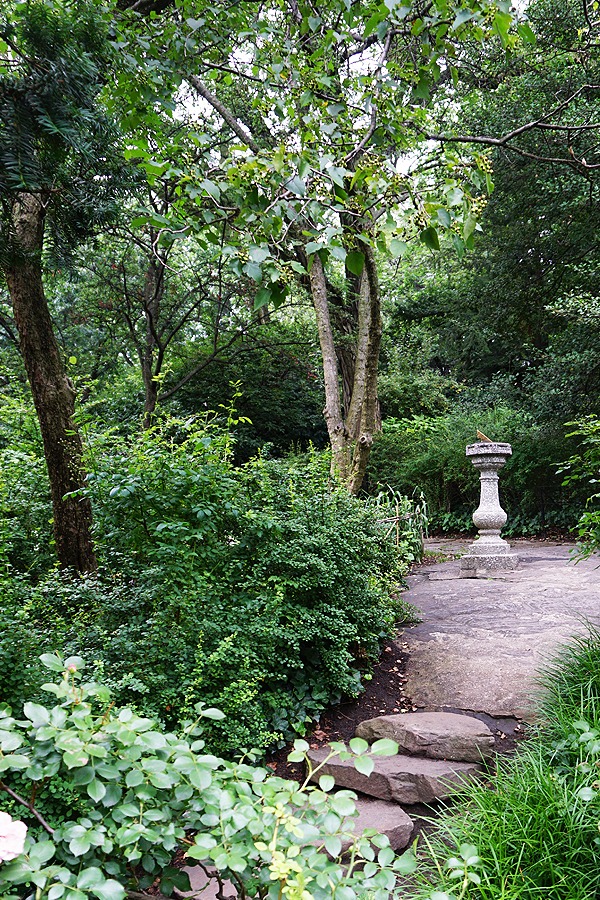
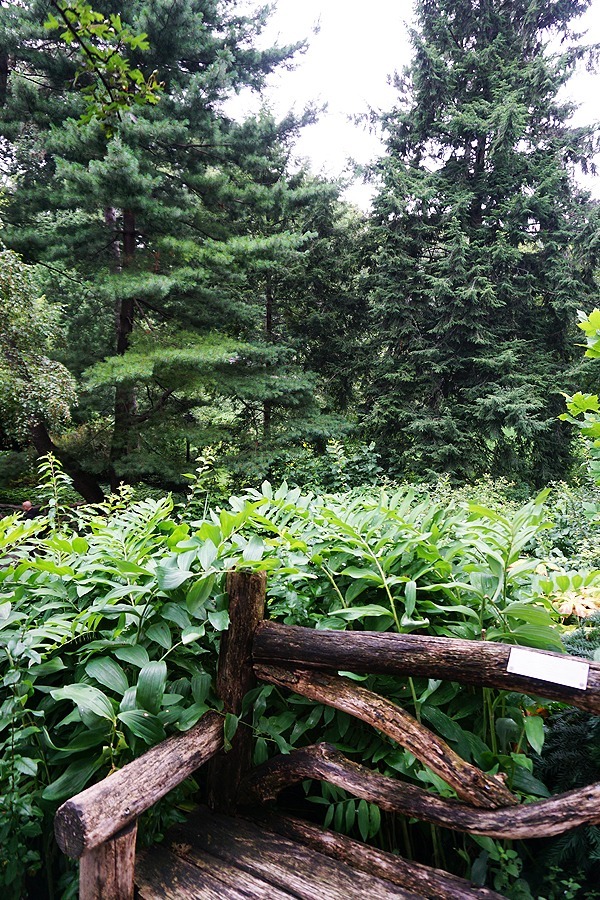
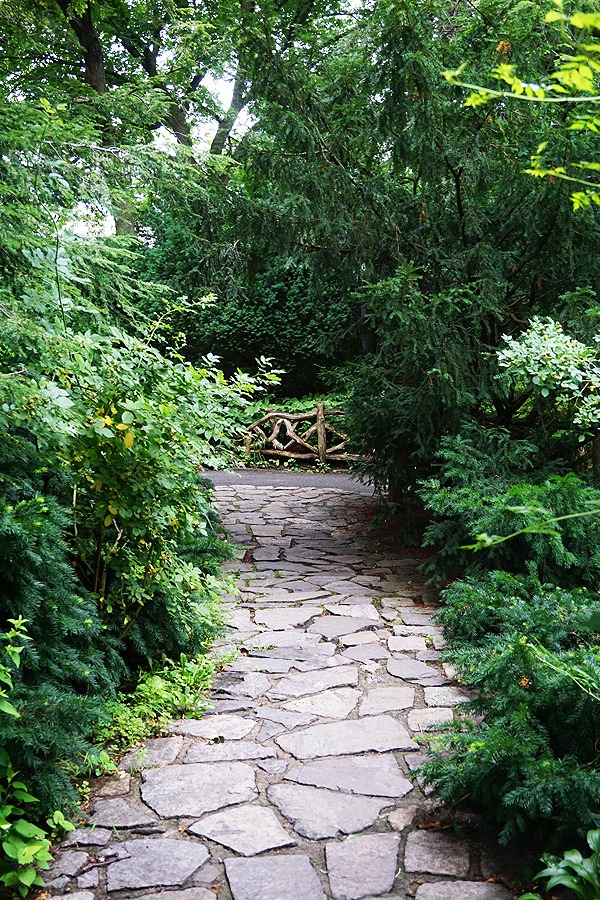
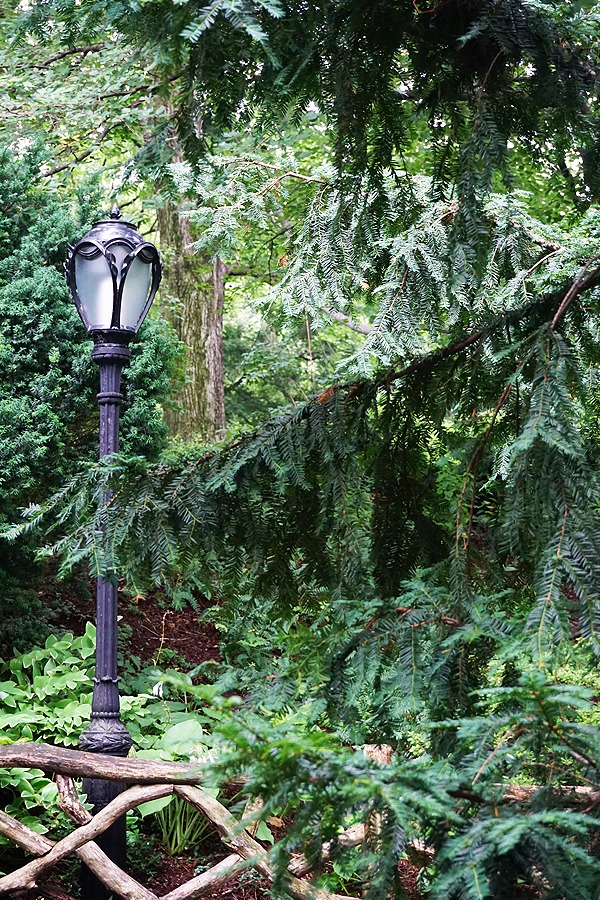
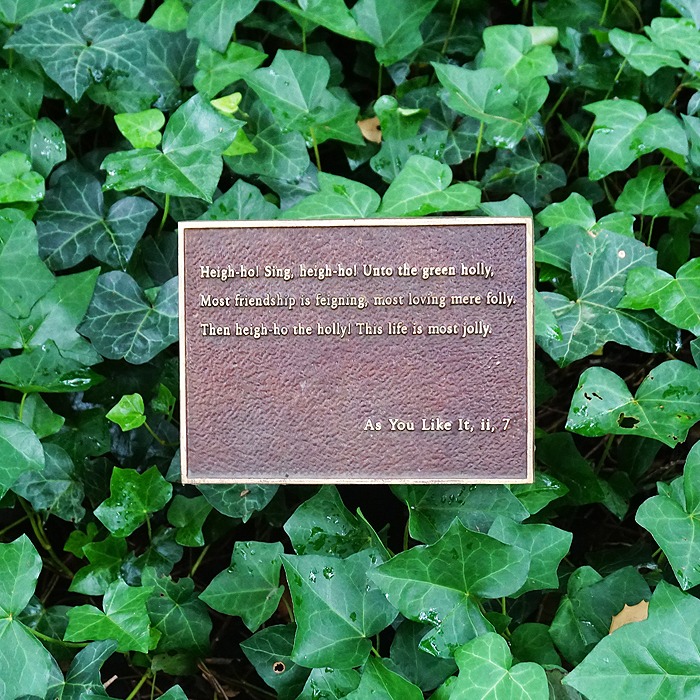
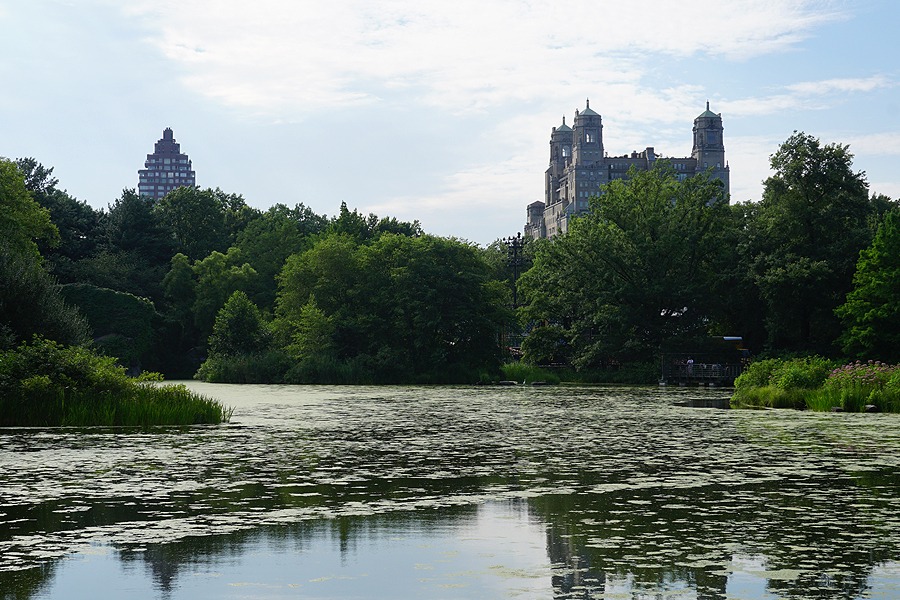
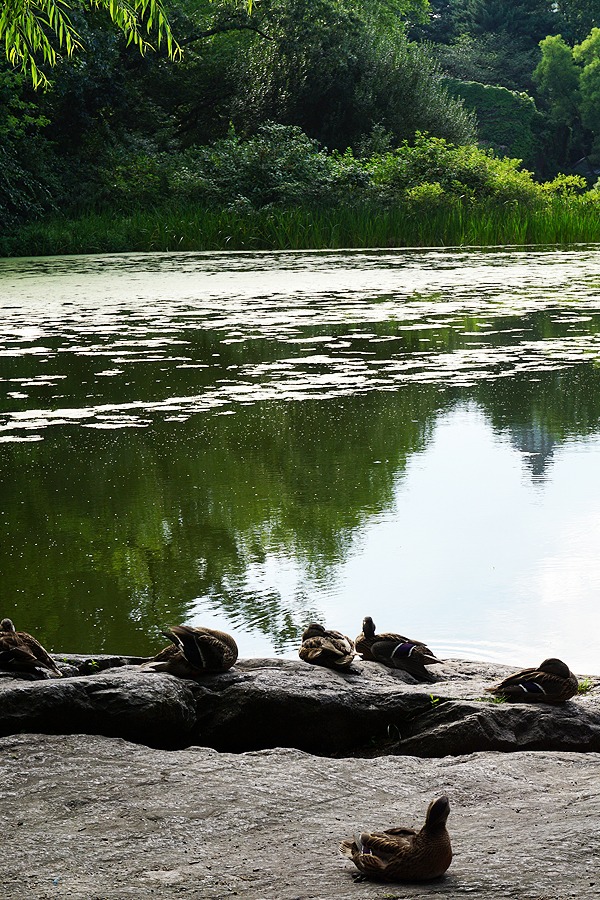
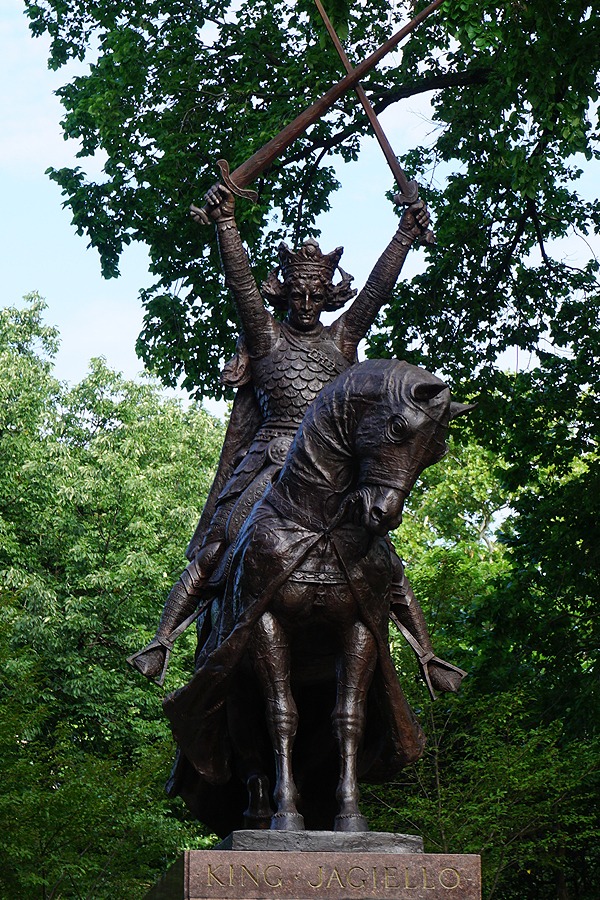
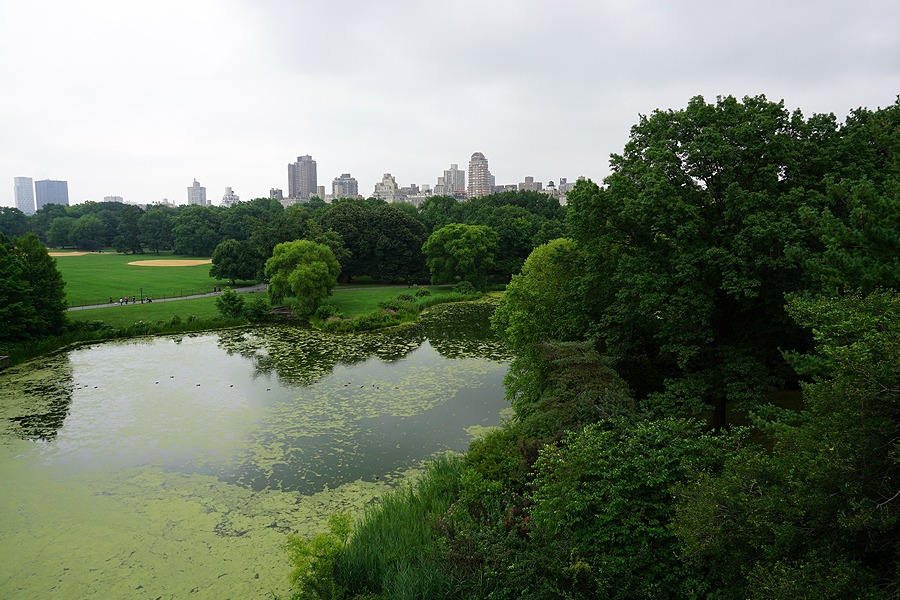
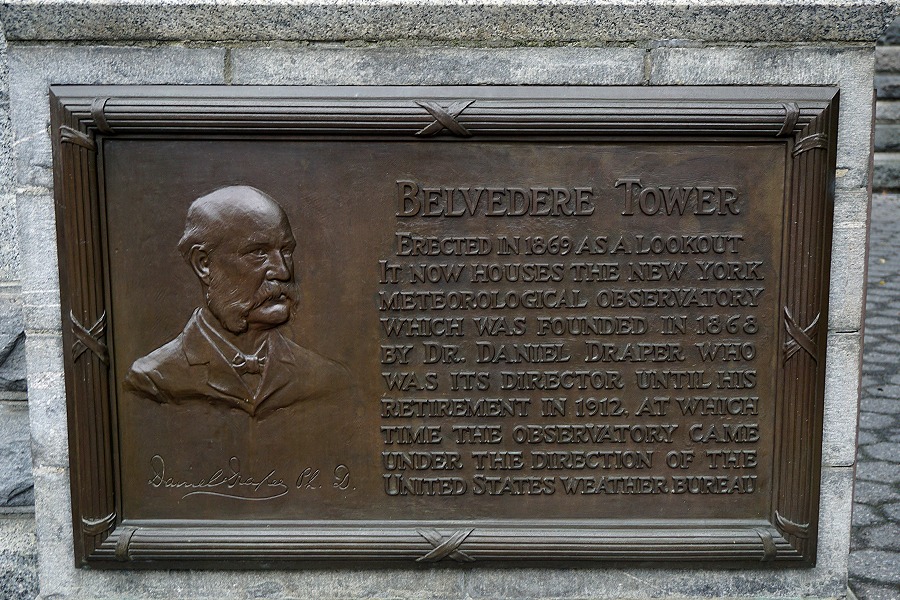
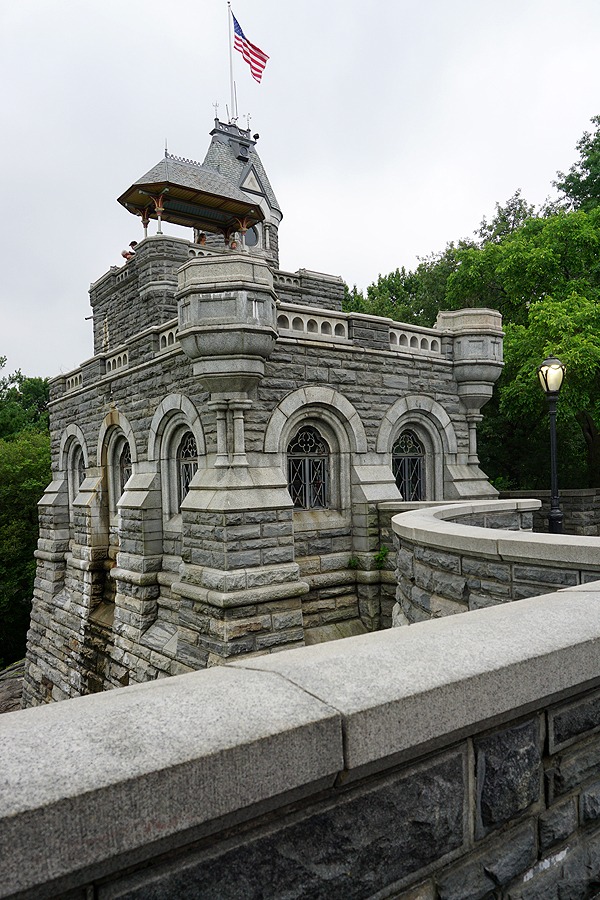
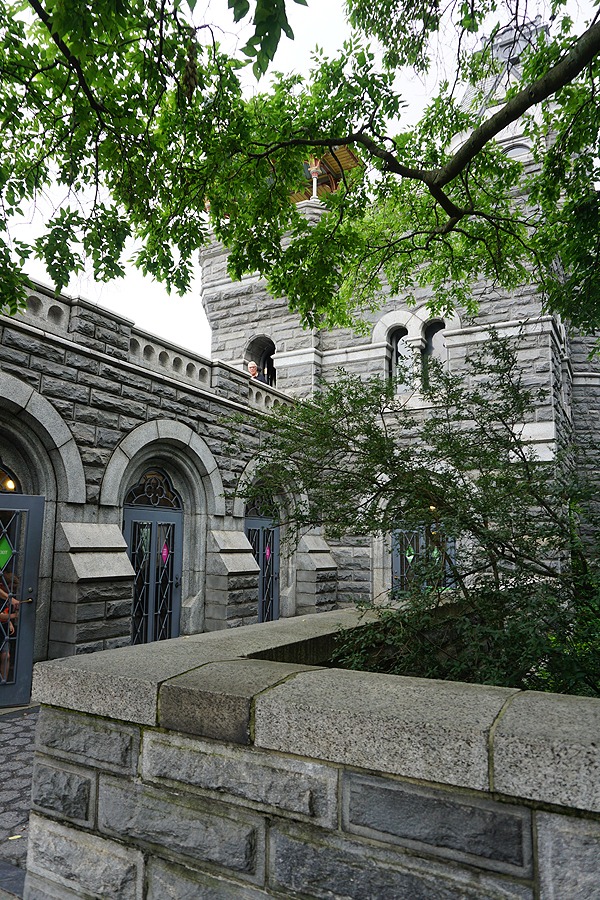
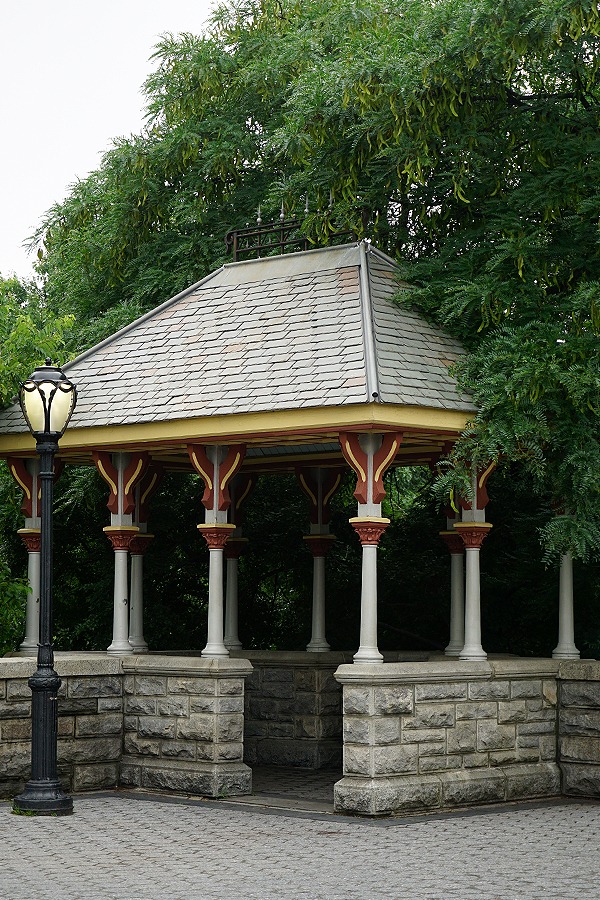


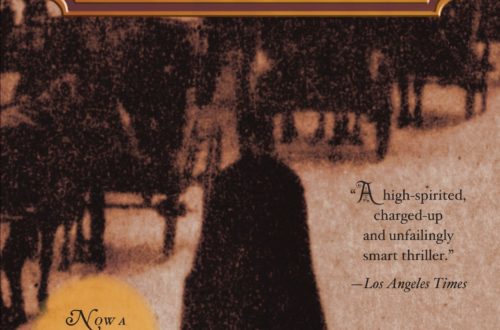
Thank you so much, Kim for sharing the narrative of your trip–as well as the photos! What an amazing adventure!!! And, yes, I’m not sure New Yorkers fully appreciate the culture and opportunity which surrounds them, unless they have spent a significant amount of time elsewhere. I currently live in Salt Lake City, Utah; it’s museums cannot compare with those you have mentioned. I grew up near Los Angeles which has some fine museums such as the Getty and The Huntington Library; but, really, those do not have the same depth of content as those of New York. I look forward to making the trip to NYC next year. You have given me a renewed desire to re-read Angel of Darkness (I recently re-read The Alienist.) The train trip along the Hudson sounds like something I must further investigate. Again, thank you for sharing this and I’m so happy you were able to make such a journey!!! Best, Tracy
Thank you, Tracy — and yes, it certainly was an adventure! It’s funny you should mention having a renewed desire to re-read The Angel of Darkness as I feel the same way. I had planned to re-read the novel during my trip, but instead ended up collapsing into bed every evening, too exhausted to read. I fully intend to re-read the novel once the weather starts to warm up over here (AoD is very much a “summer read” for me); hopefully it will help me feel like I’m back there again. I might have only just left New York, but I miss it already. Have a great trip next year — I wish it was me!